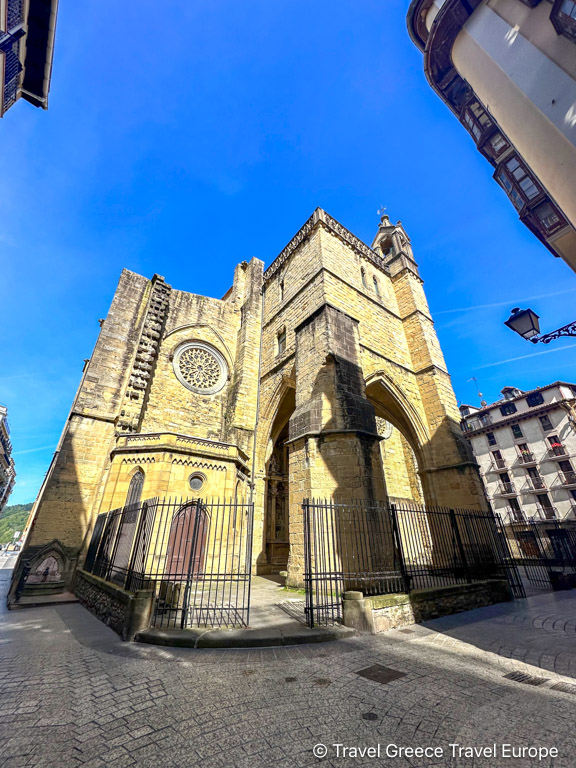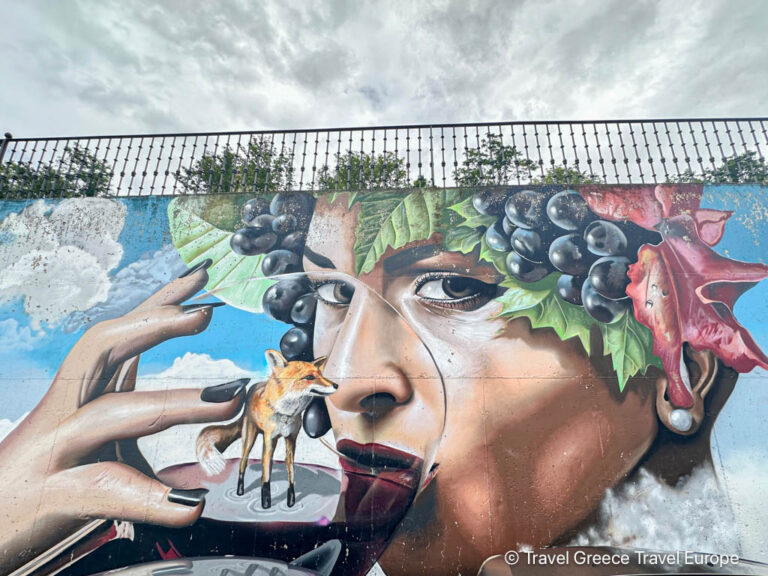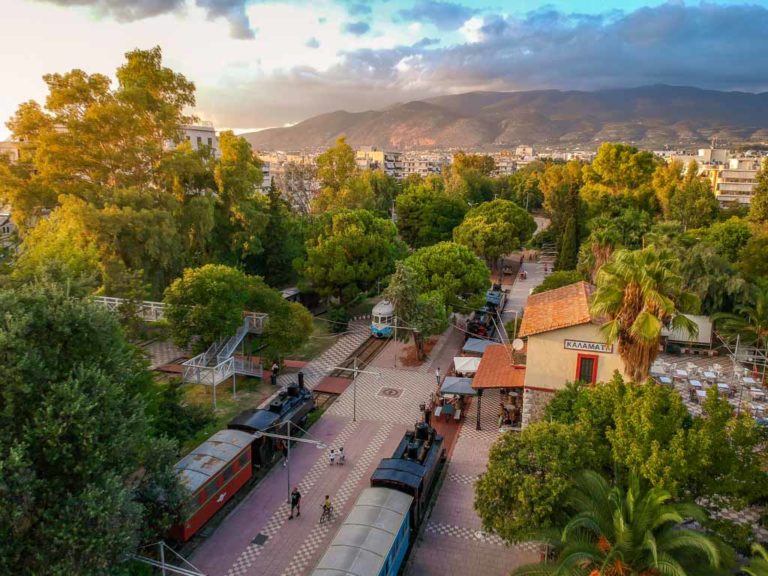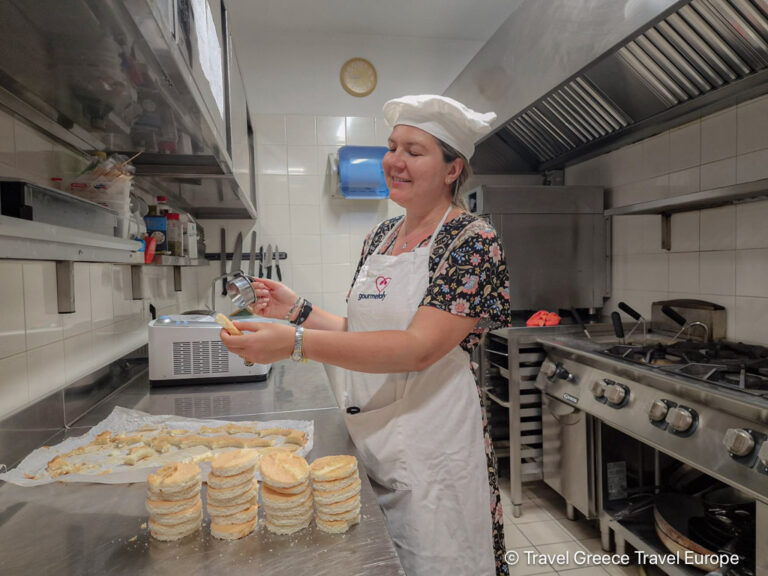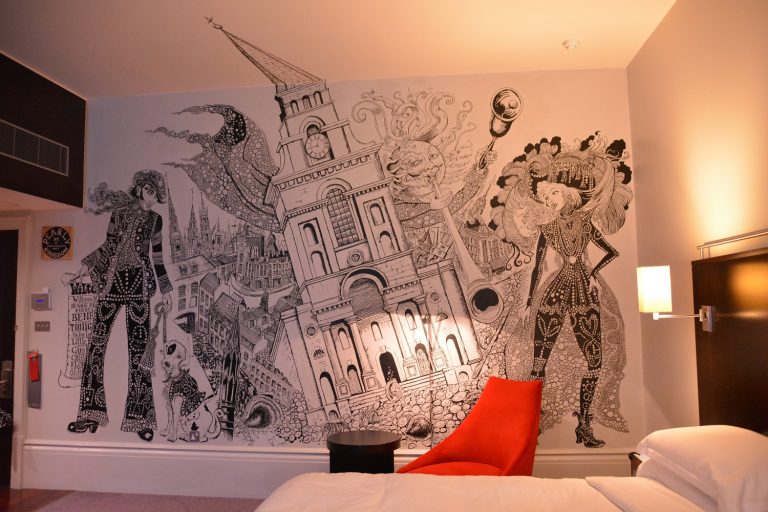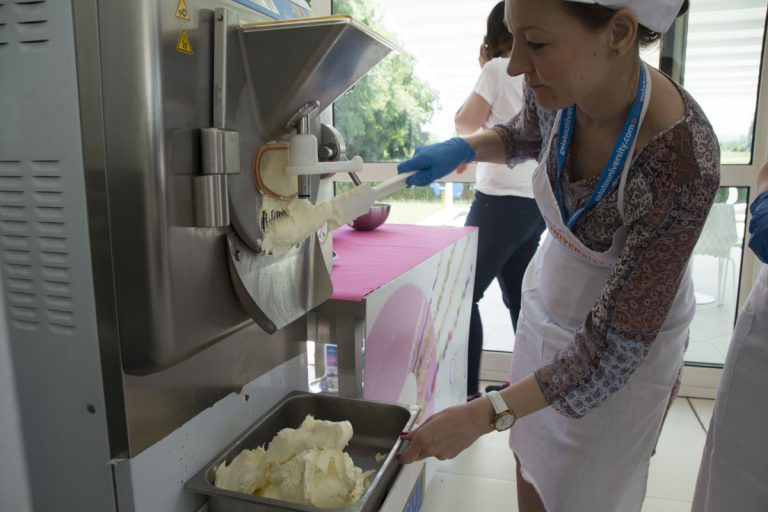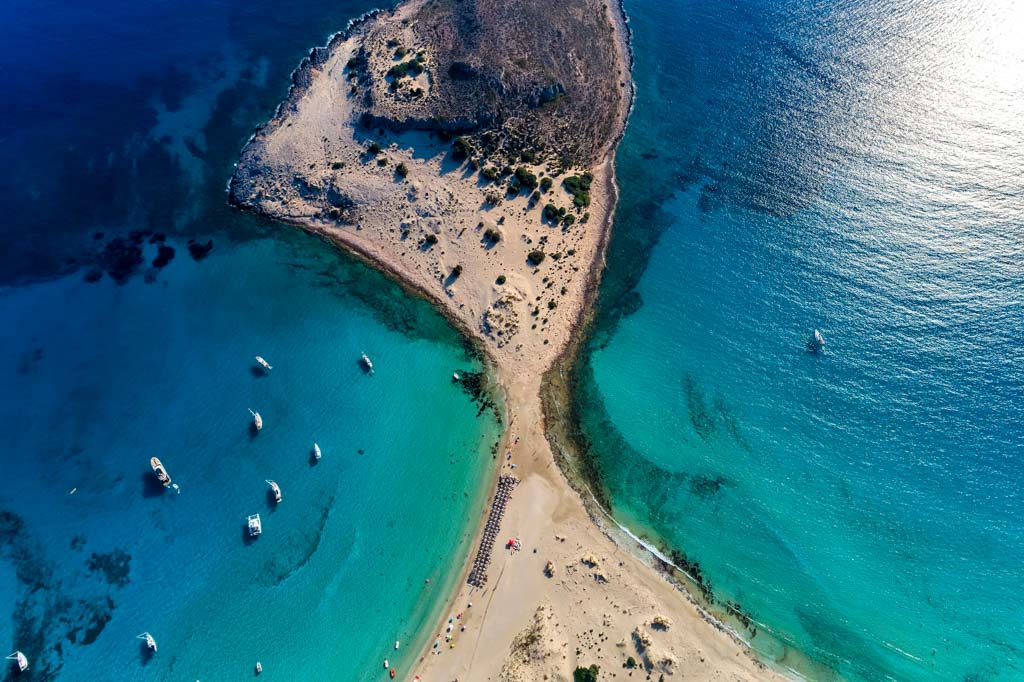How to Spend 3 Days in San Sebastian: A Comprehensive Guide
San Sebastian, which also goes by the local name of Donostia, is truly a gem of the Basque Country in Spain. Set along the Bay of Biscay, this charming city is famous for its stunning sandy beaches, vibrant culinary scene, and rich cultural heritage. If you’re planning a trip and wondering how to spend 3 days in San Sebastian, this comprehensive guide will help you make the most of your visit.
Planning Your Trip to San Sebastian?
Book a transfer from the airport to the San Sebastian city center with Welcome Pickups.
Rent a car from the San Sebastian airport through Discover Cars.
Best Tour and Experiences in San Sebastian:
San Sebastian: Guided Walking Tour with Pintxo and Drink – On this guided tour your will visit San Sebastian’s most memorable areas. Wander around the Old and New Town, learn about the most iconic buildings, and taste a traditional pintxo.
Traditional Cider House Tour Transport Included – On this tour you will experience the ‘Txotx’ ritual and taste natural Basque cider like the basques do!
Gaztelugatxe and Gernika Tour From San Sebastian – Visit the 10th century hermitage of San Juan de Gaztelugatxe and climb its 241 stairs to get to the top and enjoy its magnificent views. This was the filming locations of the Game of Thrones’ 7th season. Afterwards head to the famous village of Gernika that inspired Picasso’s famous painting.
How To Get To San Sebastian
Getting to San Sebastian is convenient thanks to its well-connected transport options. The city is accessible by air, with the nearest major airport being San Sebastian Airport (EAS), located about 20 kilometers away in Hondarribia, offering domestic flights and connections to Madrid and Barcelona.
For international travelers, Bilbao Airport (BIO), approximately 100 kilometers away, provides more extensive flight options. From either airport, you can reach San Sebastian by bus, taxi, or car hire.
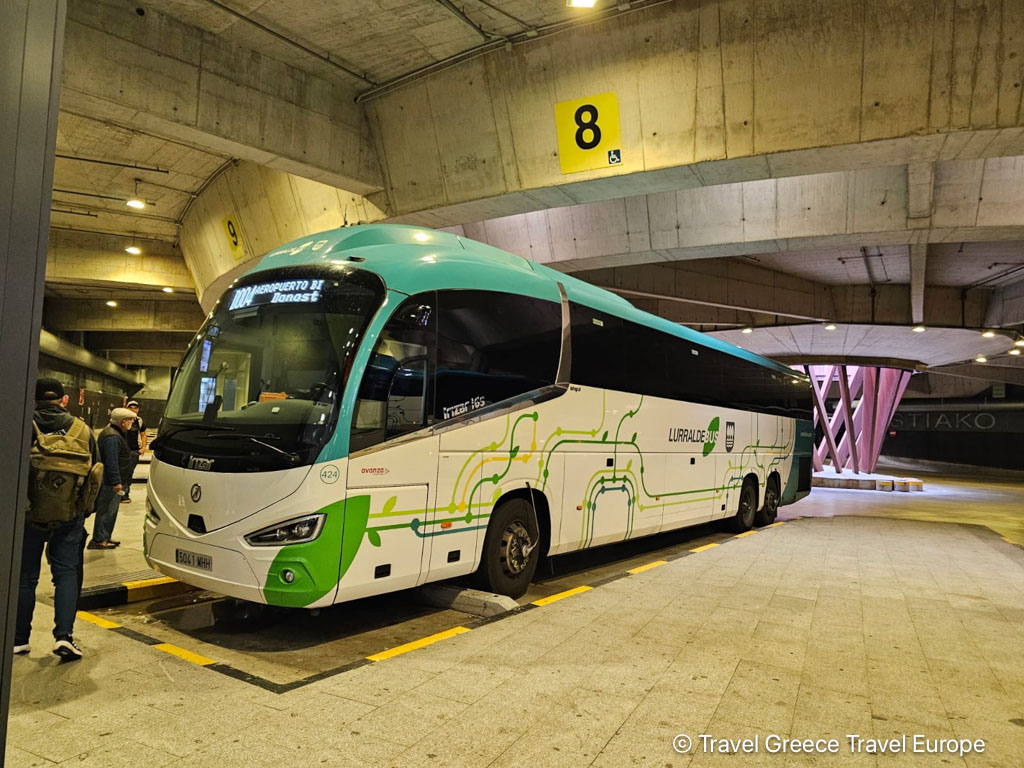
Alternatively, the city is well-served by rail, with frequent RENFE and Euskotren trains linking it to major Spanish cities such as Madrid and Barcelona, as well as regional destinations like Bilbao and Hendaye, France. Additionally, numerous long-distance and regional bus services connect San Sebastian to various cities in Spain and the French Basque Country. Whether you prefer flying, taking a train, or traveling by bus, San Sebastian is easily reachable, making it an ideal destination for both short visits and extended stays.
Where to Stay in San Sebastian
When choosing where to stay in San Sebastian, there is plenty of choice with a range of accommodations to suit every taste and budget. Please note that San Sebastian is an expensive city and it is advisable to book well in advance. If you are seeking luxury, the Belle Époque elegance of the Hotel Maria Cristina, located near the Old Town and the Urumea River, offers opulent rooms and top-notch service.
For Mid-range accommodation you will find comfort and convenience at Hotel Niza, which boasts stunning views of La Concha Beach and a central location. Another excellent mid-range option is Okako Hotel, a stylish boutique hotel in the Gros neighborhood known for its contemporary design, personalized service, and proximity to Zurriola Beach and numerous pintxos bars. This is where we stayed during our five days and it was very convenient.
Budget-conscious visitors can opt for Pension Altair, a cozy guesthouse in the vibrant Gros neighborhood, known for its surfing scene and lively atmosphere. Whichever accommodation you choose, staying in San Sebastian ensures easy access to its beautiful beaches, culinary delights, and cultural attractions.
A Brief History Overview of San Sebastian
San Sebastian, or Donostia in Basque, has a rich and diverse history that spans over a thousand years. This picturesque city, located in the Basque Country of Spain, has evolved from a small fishing village to a world-renowned cultural and culinary destination.
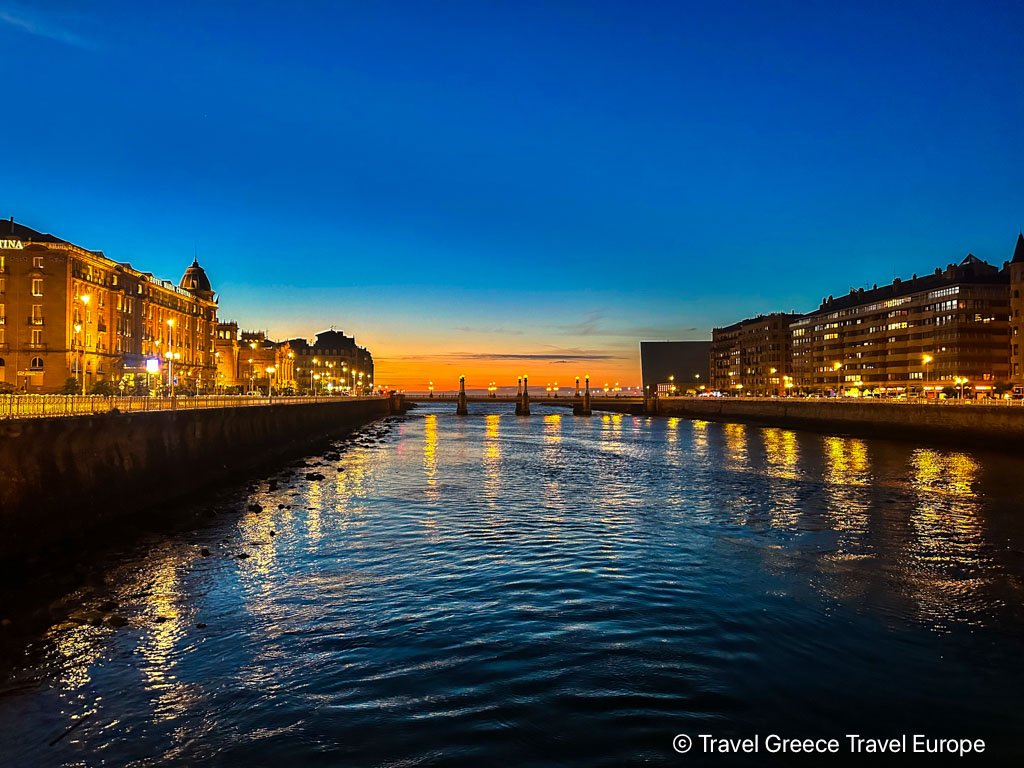
The origins of San Sebastian date back to ancient times. Evidence of prehistoric settlements in the area suggests that it has been inhabited for thousands of years. The first recorded mention of San Sebastian dates to the 11th century when it was a small fishing village.
In the early 12th century, San Sebastian was officially founded by King Sancho VI of Navarre. The strategic location of the city, with its natural harbor and access to the Bay of Biscay, made it an important port for trade and commerce. The city was granted a royal charter in 1180, which led to its development as a fortified town.
During the medieval period, San Sebastian faced numerous attacks and invasions, particularly from French forces. Despite these challenges, the city continued to grow and prosper, becoming an essential hub for maritime trade.
The Golden Age
The 16th century marked the beginning of San Sebastian’s Golden Age. The city’s port played a crucial role in the wool trade, connecting Spain with other European countries. During this time, San Sebastian also became known for its shipbuilding industry.
In 1719, the city was besieged and captured by French troops during the War of the Quadruple Alliance. The French occupation lasted until 1721, and the city’s fortifications were strengthened during this period.
19th Century: Transformation and Modernization
The 19th century brought significant changes to San Sebastian. In 1813, during the Peninsular War, the city was devastated by British and Portuguese forces who were fighting against the French occupation. Much of San Sebastian was destroyed by fire, including the Old Town.
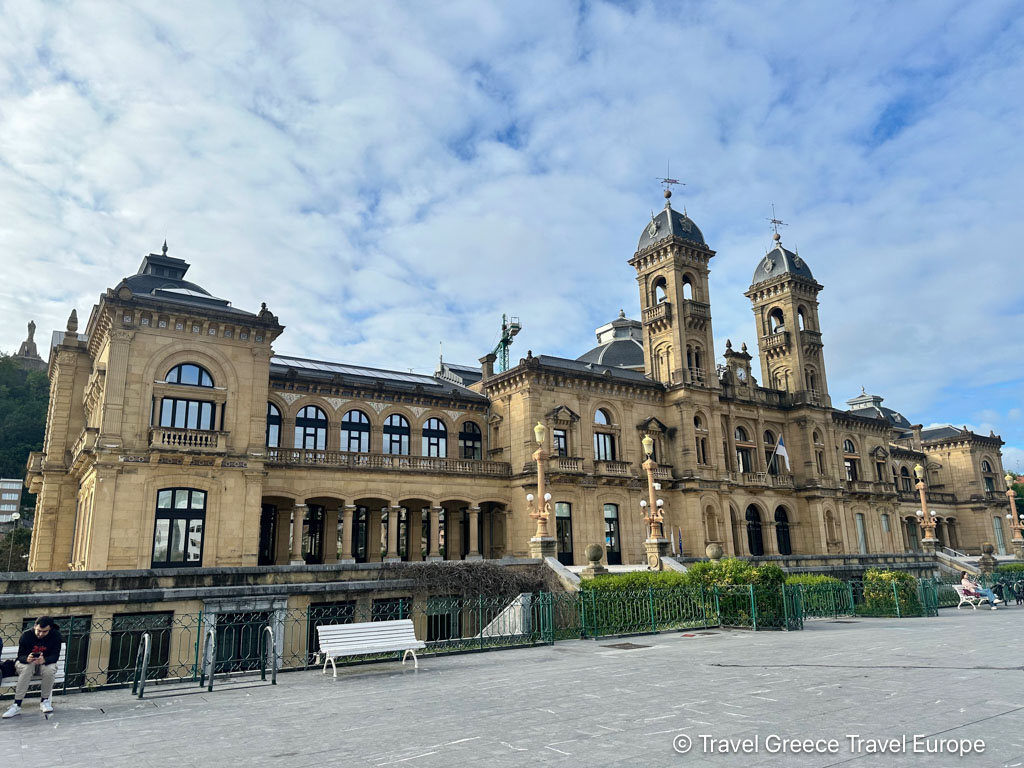
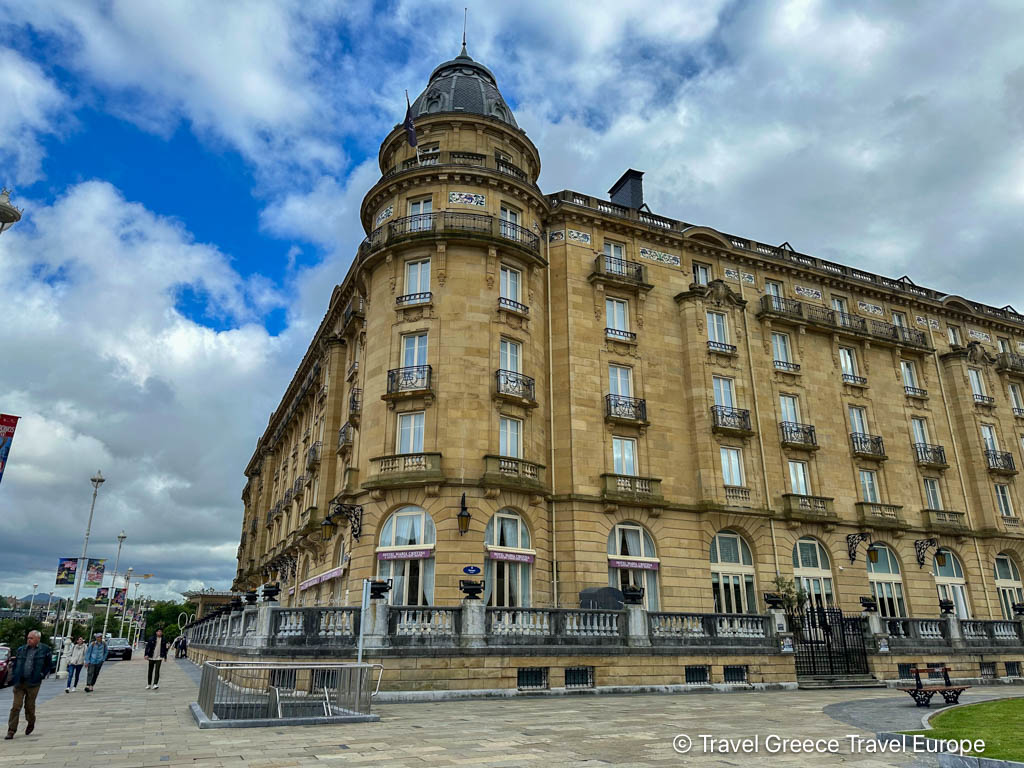
Following the war, San Sebastian underwent extensive reconstruction and modernization. The city was chosen as the summer residence of Queen Isabel II of Spain, which brought a wave of aristocrats and wealthy visitors. This period marked the beginning of San Sebastian’s transformation into a fashionable resort town with a Parisian feel as the city embracing the Belle Époque architecture.
20th Century: Cultural and Culinary Renaissance
The 20th century saw San Sebastian emerge as a cultural and culinary powerhouse. The city became a center for arts and entertainment, hosting the first San Sebastian International Film Festival in 1953. This event has since grown into one of the most prestigious film festivals in the world.
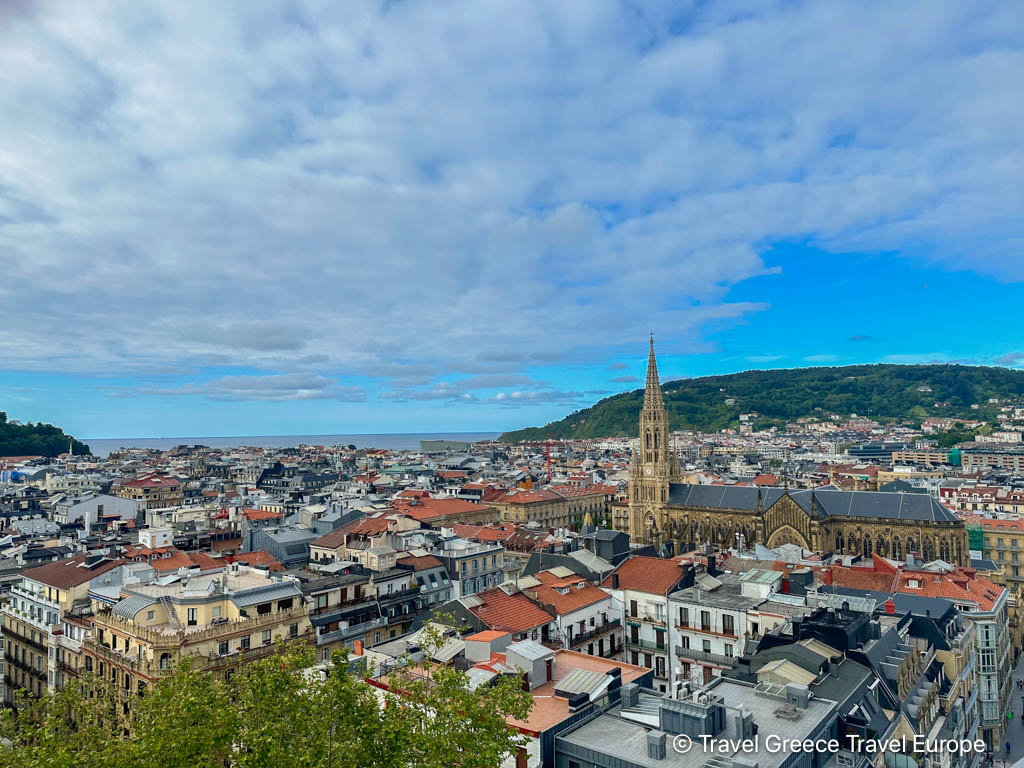
San Sebastian also gained international acclaim for its culinary scene. The city’s pintxos (Basque tapas) and Michelin-starred restaurants have attracted food enthusiasts from around the globe. The Basque Culinary Center, established in 2011, further cemented San Sebastian’s reputation as a culinary capital.
The Bridges of San Sebastian
San Sebastian is home to several notable bridges, each with its own unique characteristics and significance:
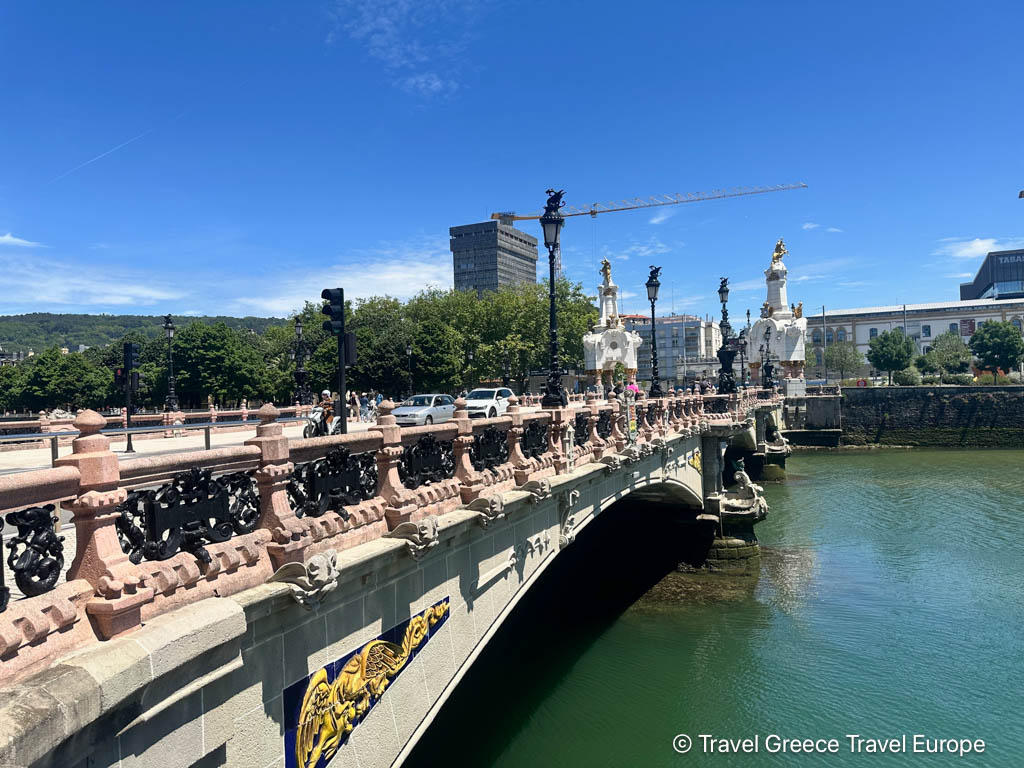
Puente de María Cristina: This elegant bridge, completed in 1905, features four monumental obelisks at its ends, inspired by the Alexander III Bridge in Paris. It connects the city center with the northern neighborhoods and is renowned for its ornate design and stunning architectural details.
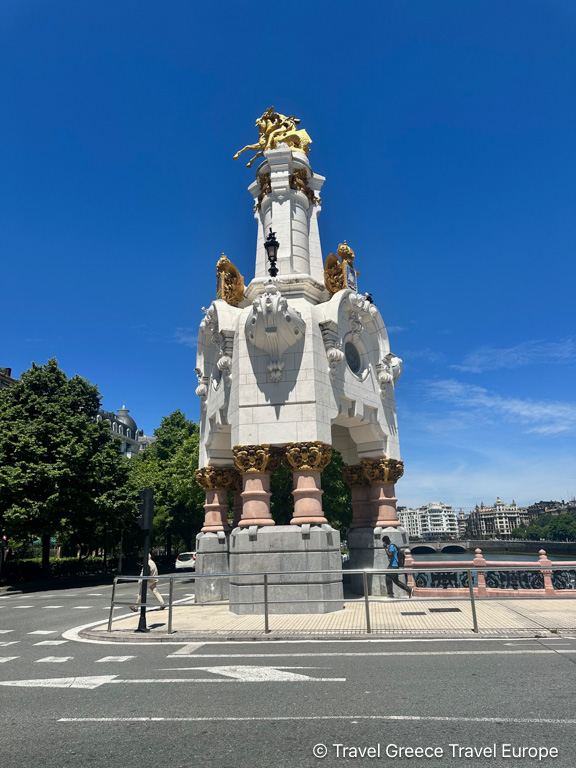
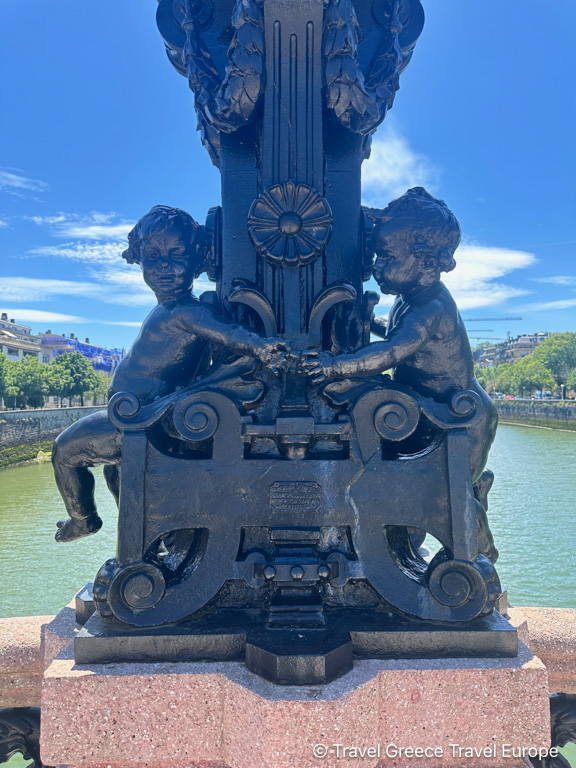
Puente del Kursaal: Located near the iconic Kursaal Congress Centre, this modern bridge spans the Urumea River. It is known for its sleek, contemporary design and is a vital connection between Gros and the city center.
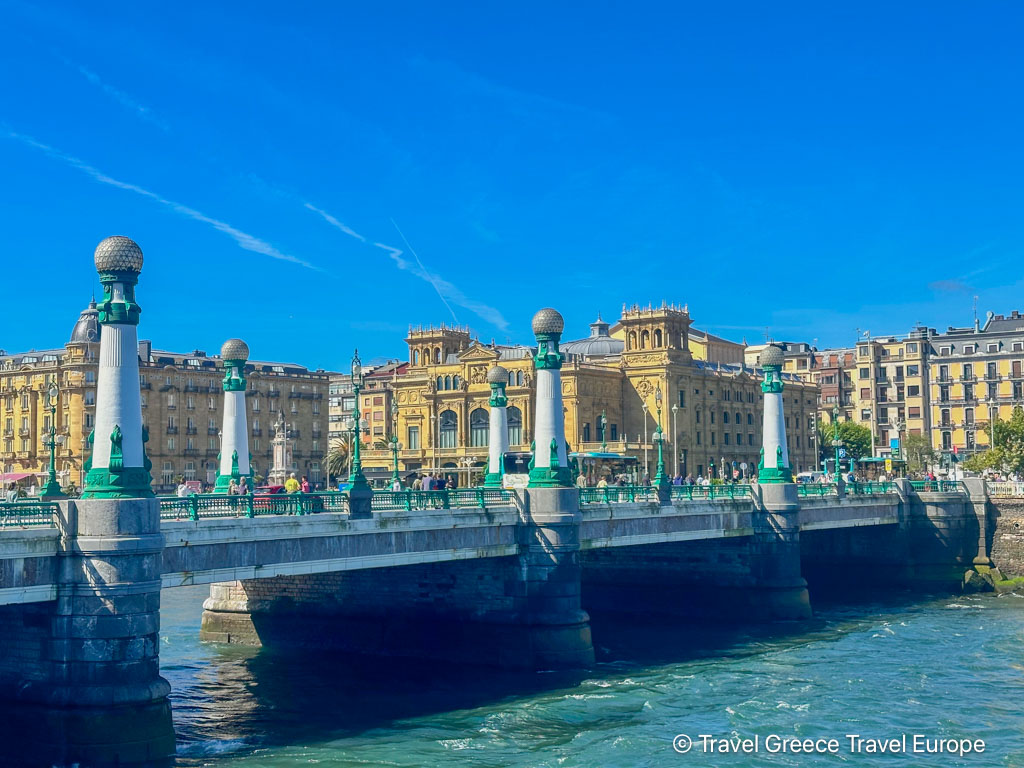
Puente de Santa Catalina: This bridge is one of the oldest in San Sebastian, dating back to the 19th century. It serves as a crucial link between the city center and the Amara neighborhood, offering picturesque views of the Urumea River.
Puente de Mundaiz: A functional bridge that connects the university area with the rest of the city, facilitating easy access for students and residents. It is a practical, straightforward structure with a focus on utility.
Day 1: Exploring the Heart of San Sebastian
Morning: Discover the Old Town (Parte Vieja)
Start your adventure in San Sebastian by diving into the city’s most authentic district which is the historic heart of the city, the Old Town (Parte Vieja). This area is a maze of narrow streets, bustling with life and full of charming shops, cafes, and pintxos bars.
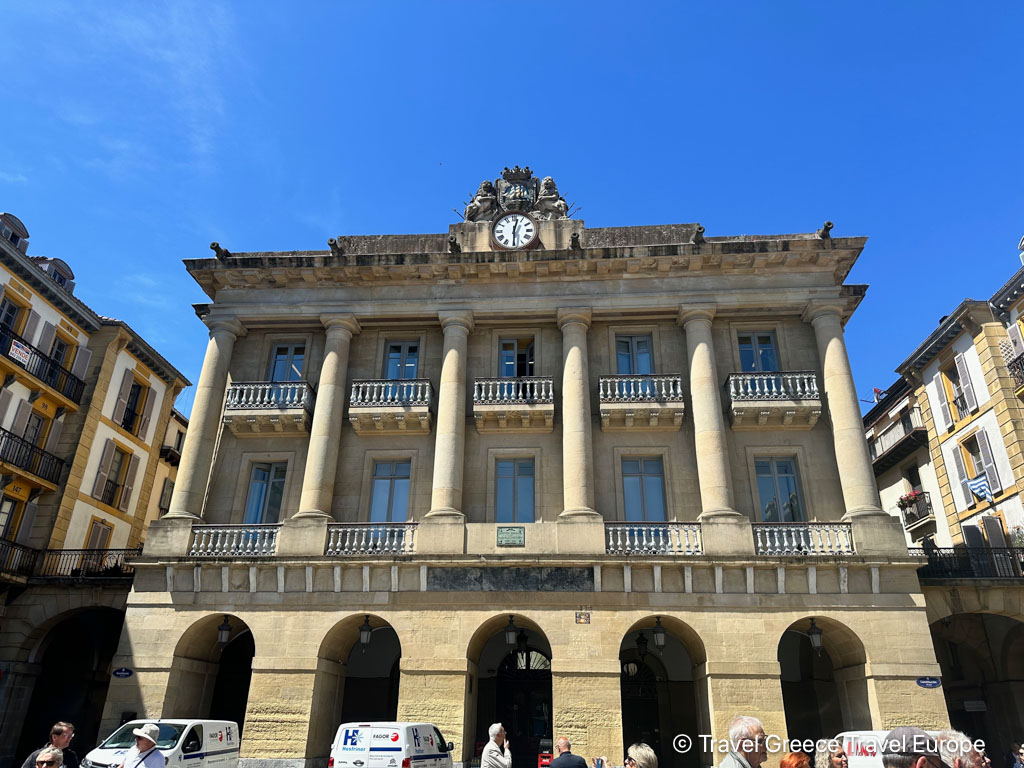
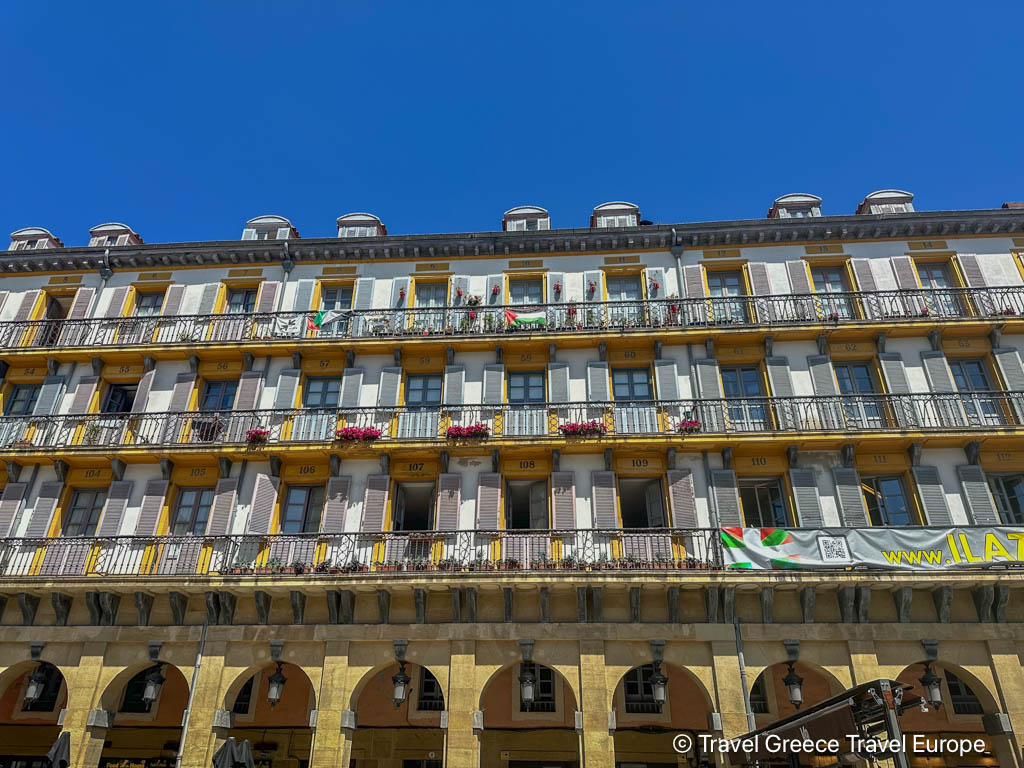
Plaza de la Constitución: Begin at this iconic square, which once hosted bullfights. The colorful, numbered balconies are a testament to its storied past. In the past spectators would rent out the balconies just to watch the bullfights, hence the numbers that you will see above each balcony door – that’s how they would know which apartment door to knock on. The numbers are still there till this day.
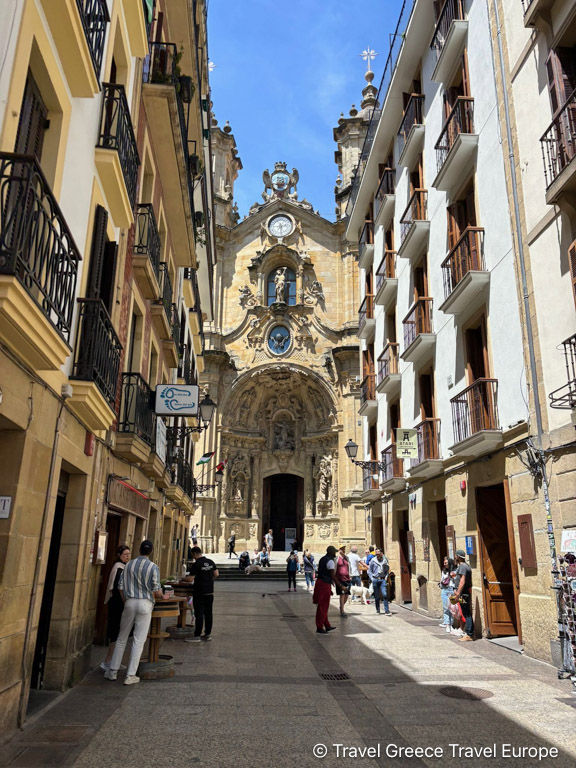
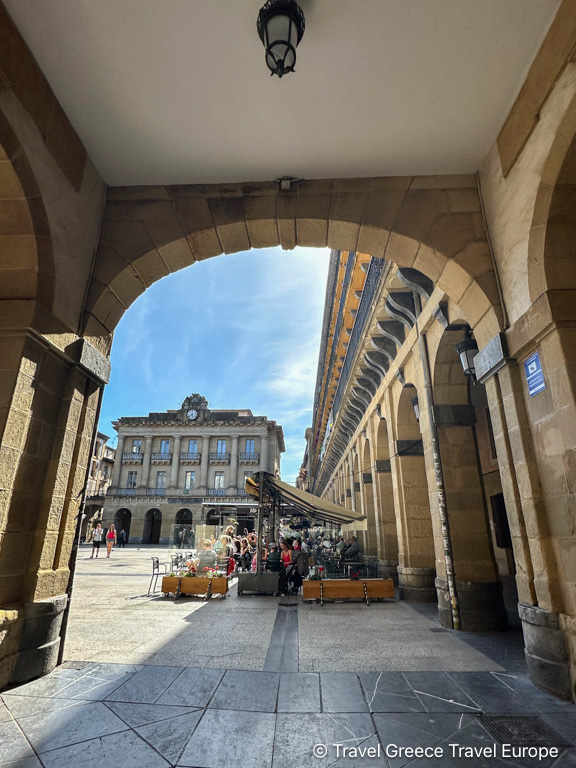
San Vicente Church: One of the oldest buildings in the city, this Gothic church dates back to the 16th century.
Basilica of Santa Maria (In Basque it is called Koruko Andre Mariaren basilika) is a majestic 18th century Baroque building which crowns over the Calle Mayor street in the Old Town. Characterised by its spectacular Baroque facade and adorned with a sculpture of Saint Sebastian Martyr as well as the elaborate altarpiece dedicated to Our Lady of the Choir, patron saint of the city.
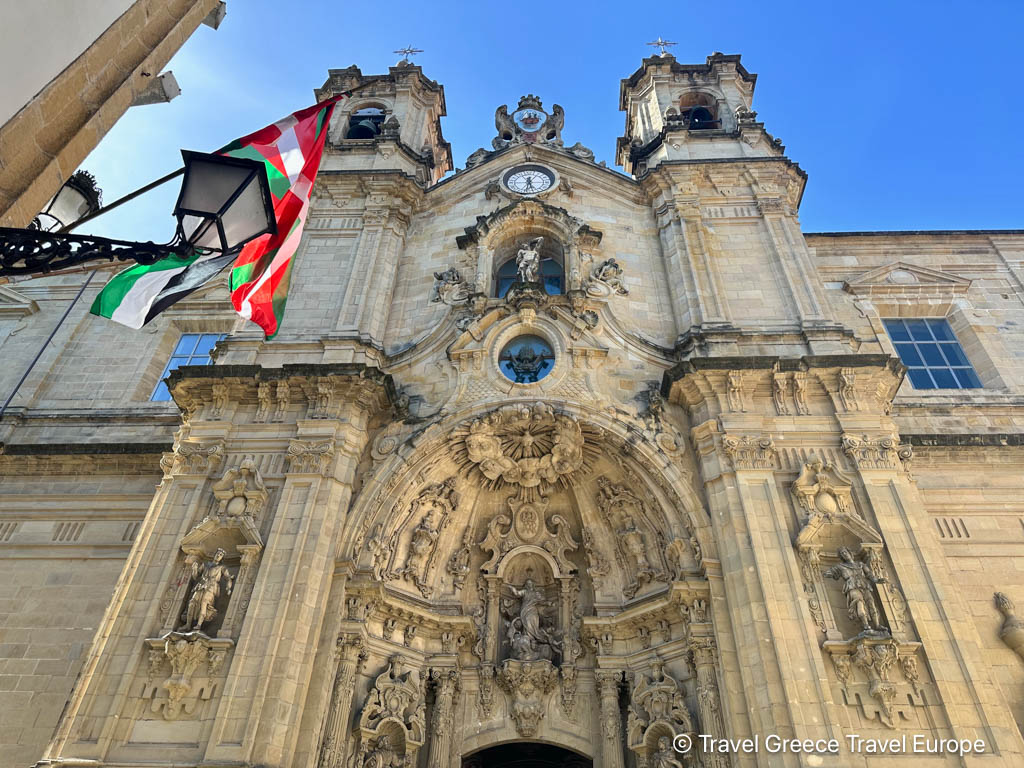
Museo de San Telmo: A former 16th-century Dominican convent turned museum, showcasing Basque culture and history.
Lunch: Take A Pintxos Tour
San Sebastian is renowned for its pintxos (Basque tapas) which are usually served on bread with a toothpick. Spend your lunch hopping from one bar to another, sampling these delightful bites. On our tour with Devour we sampled more than 8 food tastings complemented by 5 drinks including the famous local txakoli wine and cider.
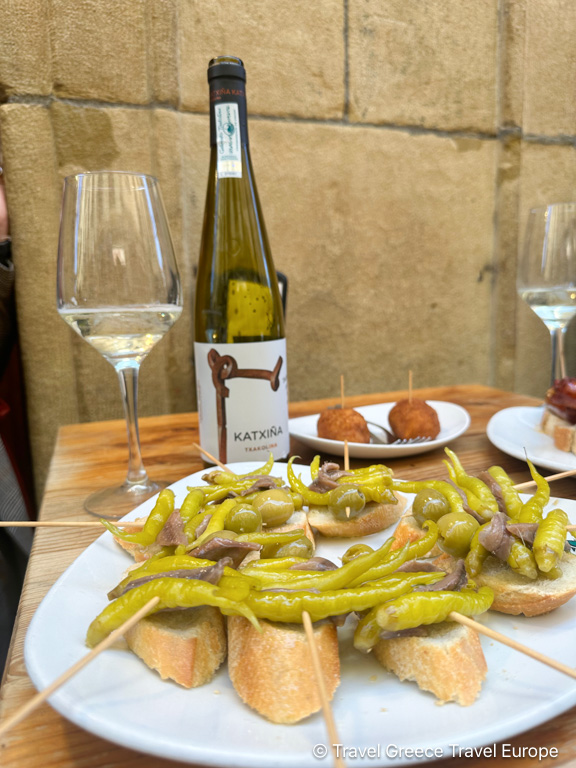
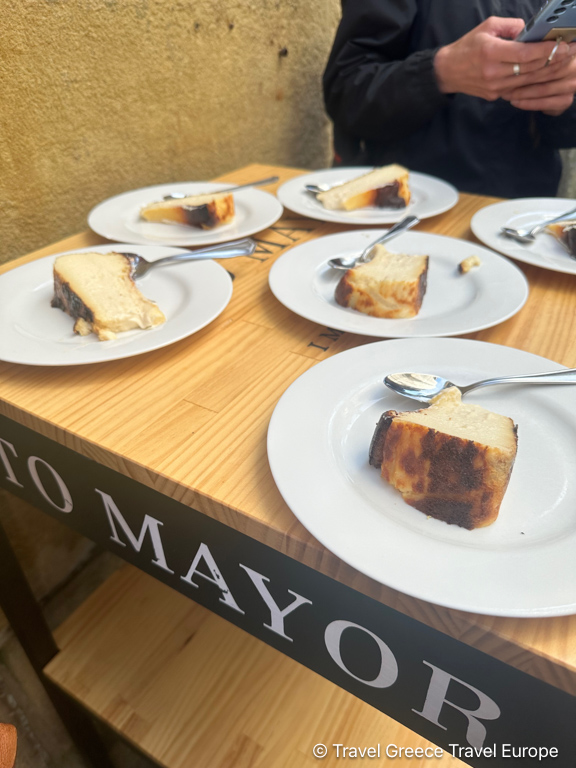
One of the highlights was trying the most famous Basque burnt cheesecake. I highly recommend taking this tour in order to make the most of your time and to visit some of the best pintxos bars in San Sebastian with a great and knowledgeable local guide. This tour is also available in the evenings starting at 6 PM. You can book the San Sebastian Ultimate Pintxos & Wine Tour here.
Afternoon: Relax at La Concha Beach
After a hearty pintxos lunch, head to La Concha Beach, often cited as one of the most beautiful urban beaches in the world.

Walk along the waterfront promenade which stretches across six kilometres and connects Sagues (in the Gros area) with the Peine del Viento (Wind Comb) – the collection of three steel sculptures each weighing over nine tonnes by Eduardo Chillida. The promenade passes along the Paseo Nuevo and the Paseo de La Concha. This magnificent route features some of the most notable works by Basque sculptors, including Chillida (his famous El Peine del Viento statue), Oteiza, Basterretxea and Dora Salazar.
Swim and Sunbathe: And if you want to enjoy San Sebastian the proper Basque way, then get your feet wet in the pristine waters and soft golden sand.
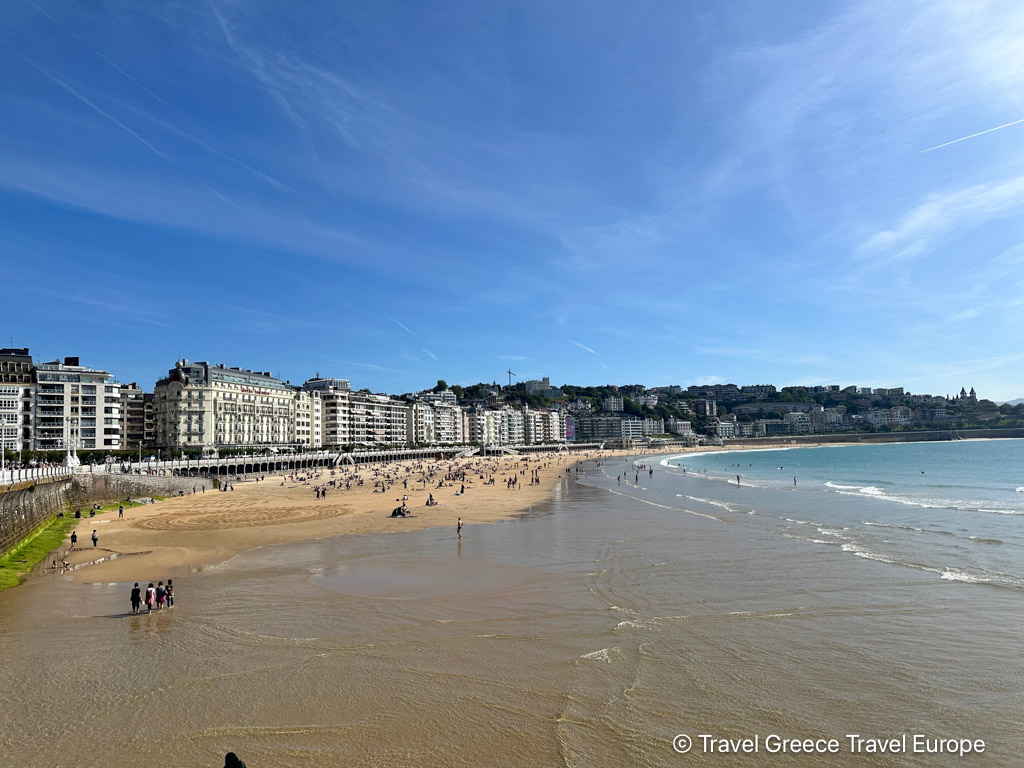
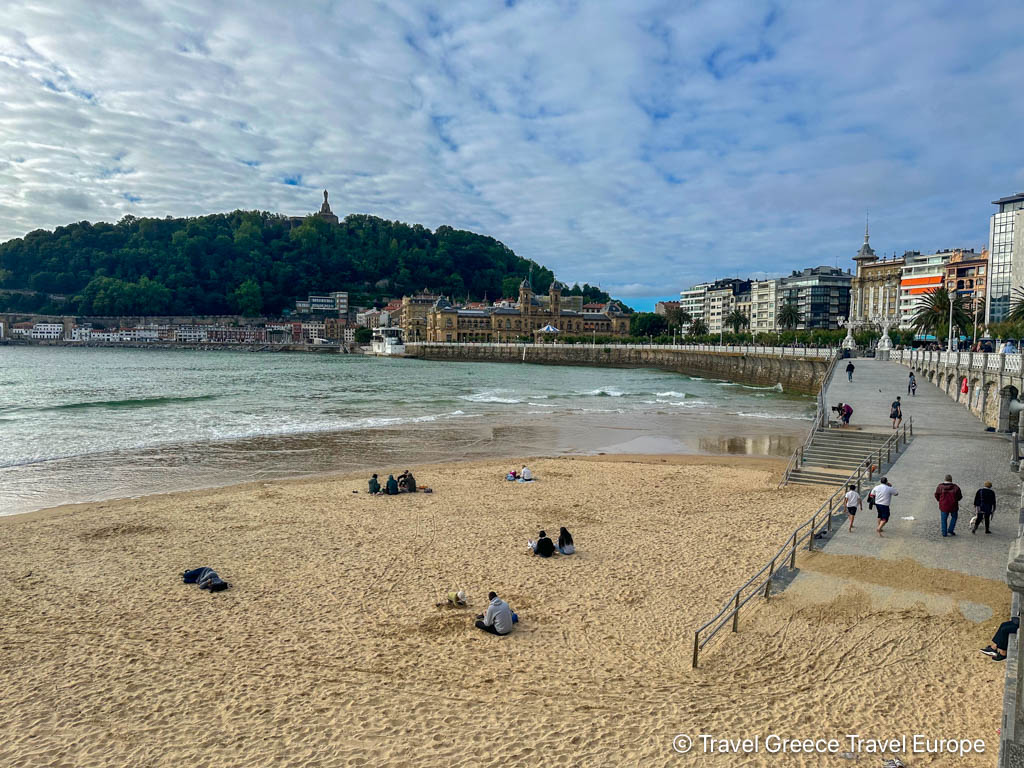
La Perla Thalassotherapy: Indulge in a relaxing spa session at this historic establishment offering seawater treatments located on the Paseo de La Concha.

Admire the Sculptures that dot the city
San Sebastian is home to several iconic sculptures that enhance its cultural and aesthetic appeal. One of the most famous is “Peine del Viento” (Comb of the Wind), a series of three steel sculptures by the renowned Basque artist Eduardo Chillida.
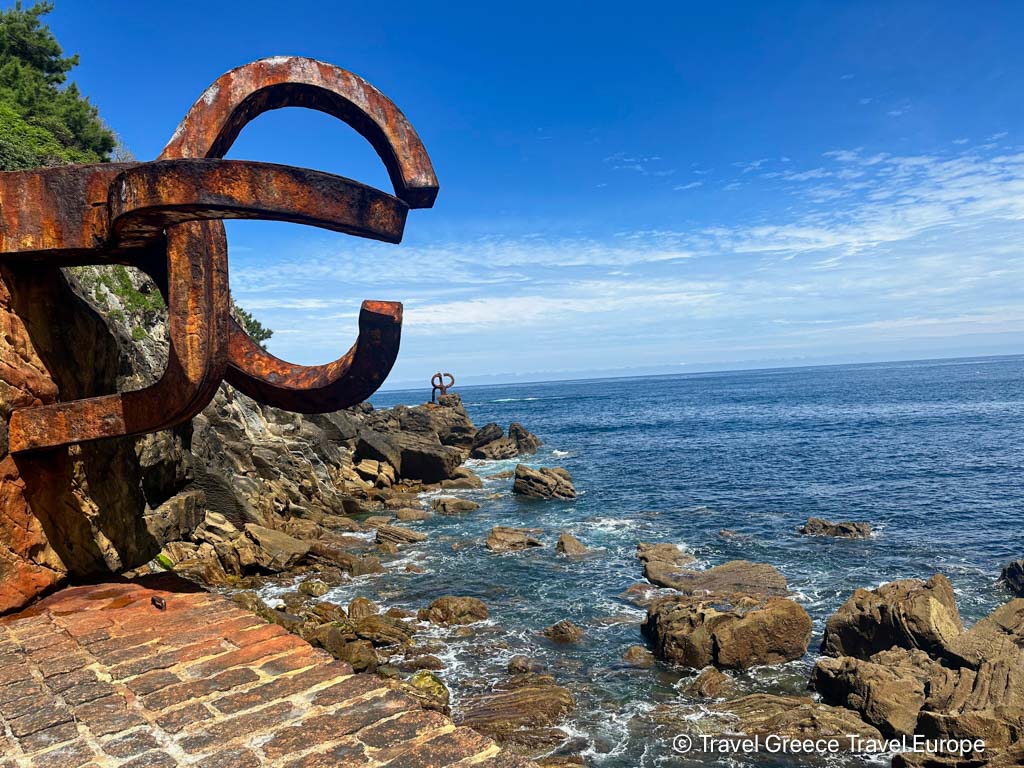

These sculptures are embedded in the rocks at the western end of La Concha Bay, where the sea meets the land, creating a dramatic interplay between art and nature. Another notable piece is “Construcción Vacía” (Empty Construction), also by Chillida, located in the Paseo Nuevo area. This abstract sculpture, made of iron, exemplifies Chillida’s exploration of space and form.
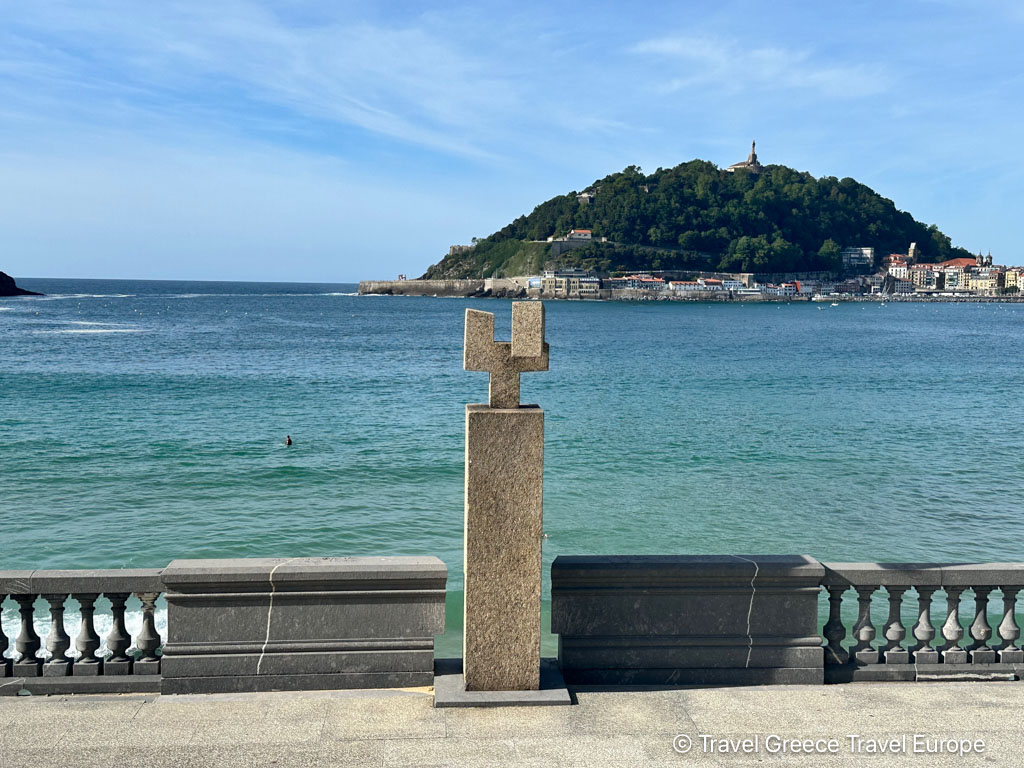
The granite ‘Homenaje a Fleming’ (‘Homage to Fleming’) sculpture is set just before the Miramart tunnel, looking out towards Santa Clara Island and Monte Urgull.
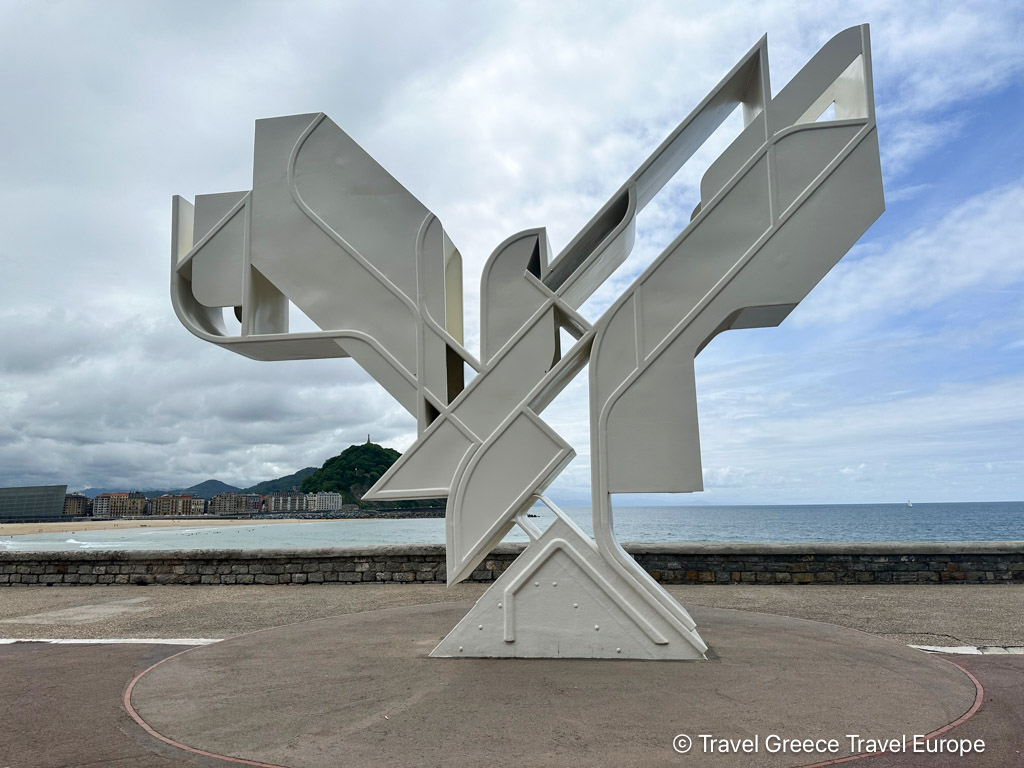
Additionally, the city features the “Bakearen Usoa” (Dove of Peace) by Nestor Basterretxea, a large bronze dove symbolizing peace and reconciliation, situated near the Kursaal Congress Centre. These sculptures, among others, contribute to San Sebastian’s reputation as a city where art and landscape beautifully converge.
Walk Through the Miramart Tunnel
The Miramar Tunnel, also known as the Miramart Tunnel, is a significant architectural and transportation landmark in San Sebastian. This historic tunnel, which connects La Concha Beach to Ondarreta Beach, was constructed in the late 19th century and opened in 1926.
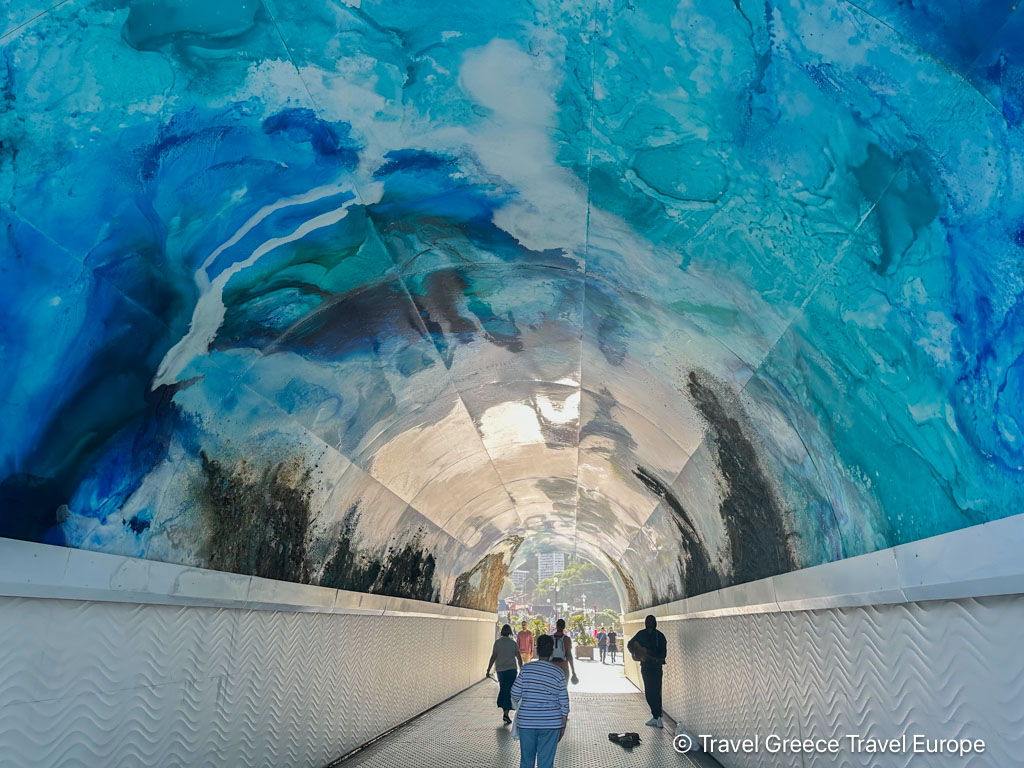
It passes beneath the Miramar Palace, offering a convenient and scenic route for both pedestrians and vehicles. The tunnel not only serves as a practical passage but also as a symbol of the city’s blend of natural beauty and urban development. Its elegant arches and intricate design reflect the architectural style of the era, making it a beloved feature of San Sebastian’s coastal landscape. Walking through the Miramar Tunnel provides a unique perspective on the city, bridging its picturesque beaches with the grandeur of the Miramar Palace above.
Miramar Palace
Perched on a scenic hill overlooking La Concha Bay, Miramar Palace is one of San Sebastian’s most distinguished landmarks.

This elegant palace was commissioned by the Spanish royal family in the late 19th century as a summer residence, reflecting their fondness for the city’s serene beauty and mild climate. Designed by English architect Selden Wornum, with subsequent additions by Basque architect José Goicoa, the palace features a blend of English and Basque architectural styles, characterized by its red-brick façade, intricate woodwork, and picturesque gardens. Today, Miramar Palace serves as a cultural and educational center, hosting a variety of events, including concerts, art exhibitions, and academic programs. The palace grounds, open to the public, offer panoramic views of the bay, manicured lawns, and lush gardens, making it a popular spot for both locals and tourists to enjoy leisurely strolls and the breathtaking scenery of San Sebastian.
Evening: Sunset at Monte Igueldo
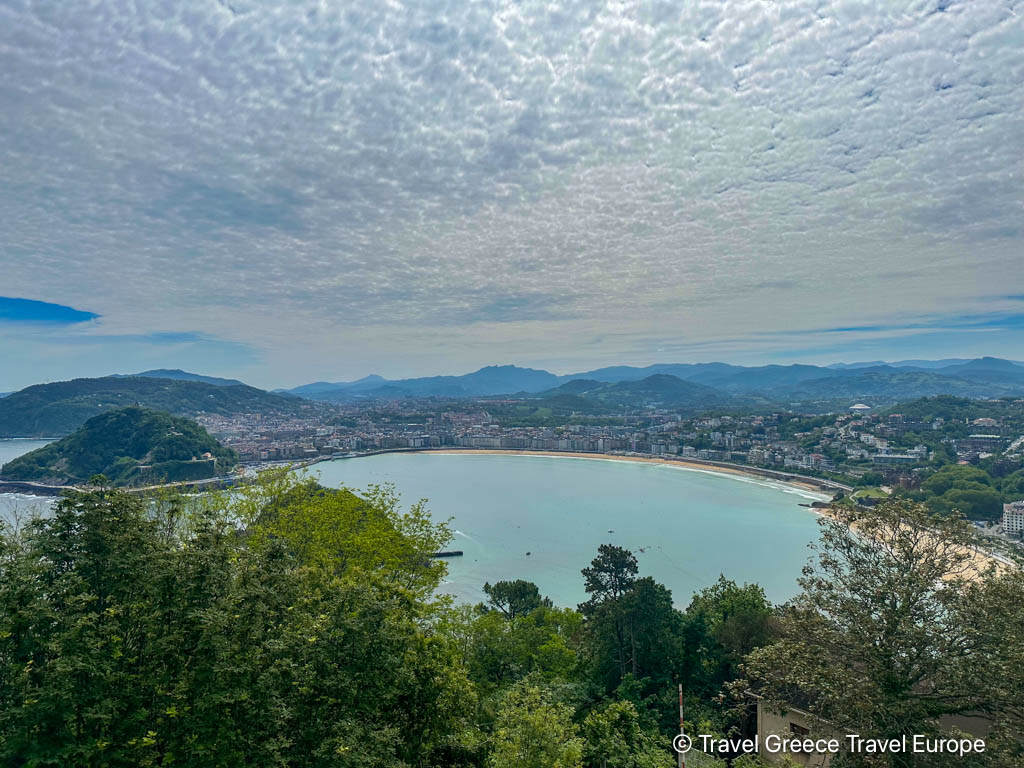
End your first day with a spectacular sunset view from Monte Igueldo. From here you can take the funicular railway from Ondarreta Beach to the top of the mountain which opens up to breathtaking views of the city, bay, and surrounding mountains.
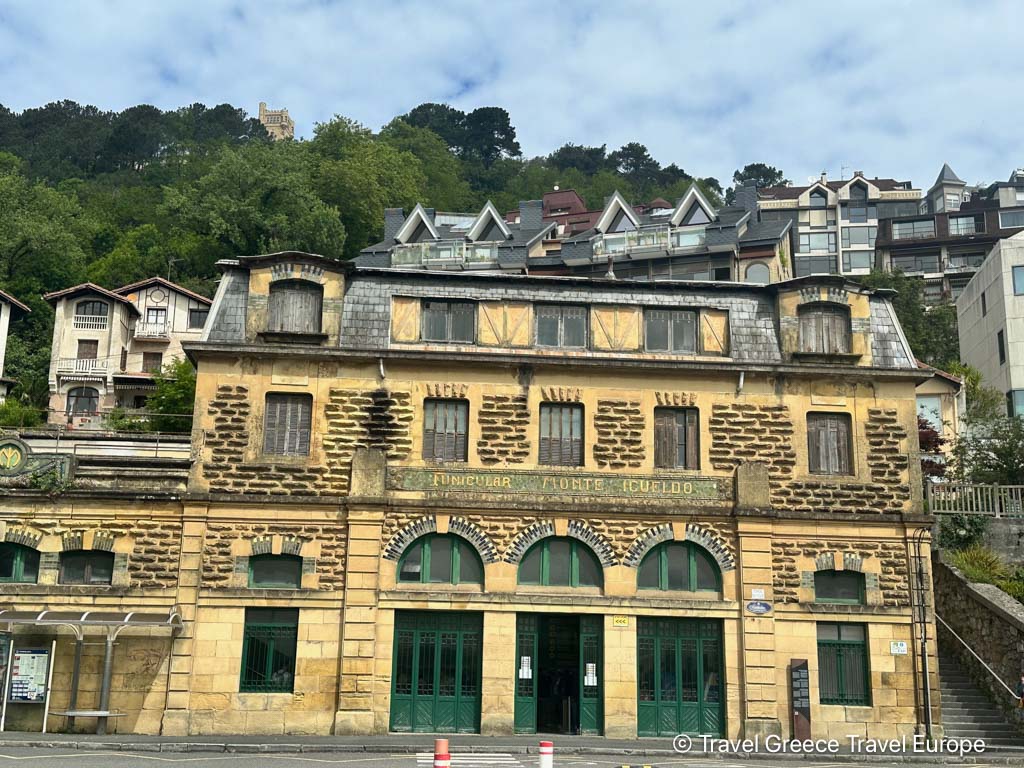
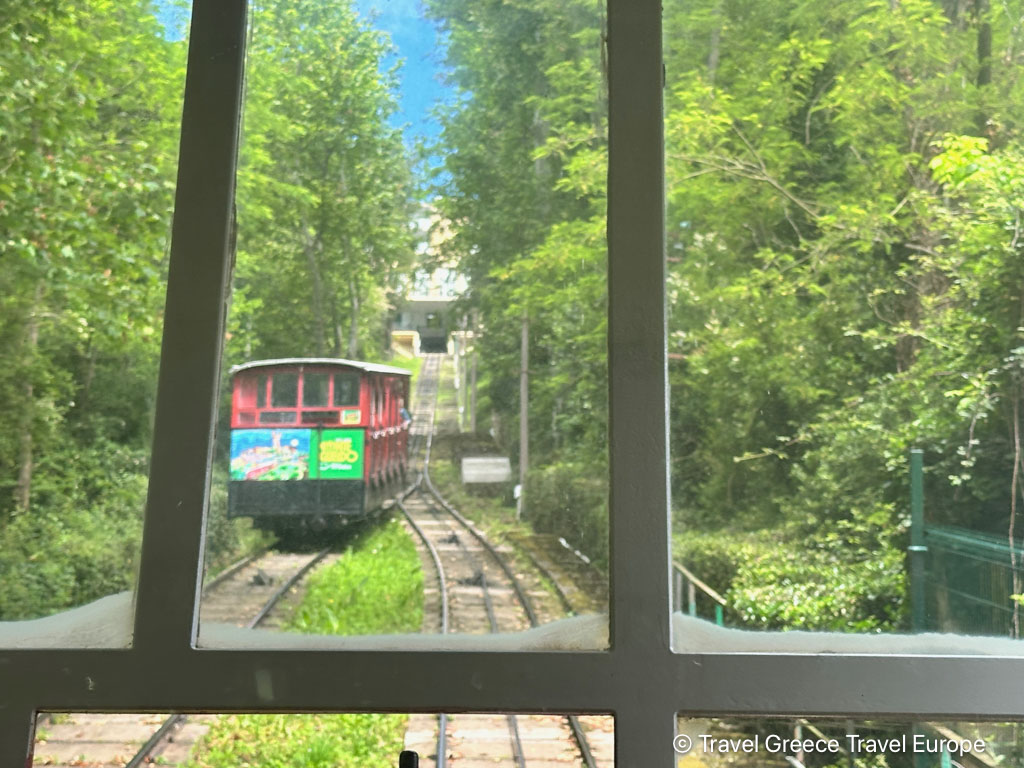
At the top of Monte Igueldo there is also the vintage amusement park which promises an evening of carefree fun.
Day 2 in San Sebastian: Cultural and Culinary Delights
Morning: Visit the Aquarium and San Sebastian Port
Start your second day with a visit to the San Sebastian Aquarium, located at the city’s picturesque harbor. This renowned aquarium, one of the oldest in Europe, offers a captivating journey through marine life and maritime history. Begin your visit with the Oceanarium, a massive, 360-degree tunnel where you can walk among sharks, rays, and a variety of colorful fish swimming around you. The aquarium also features interactive exhibits and tanks showcasing marine species from the Bay of Biscay and beyond, making it an educational and visually stunning experience.
Additionally, the aquarium hosts an extensive maritime museum section, where you can delve into the rich history of the Basque maritime industry. Exhibits include model ships, ancient navigation instruments, and displays detailing the evolution of fishing and seafaring in the region. This section provides valuable insights into how the sea has shaped the culture and economy of San Sebastian and the Basque Country.
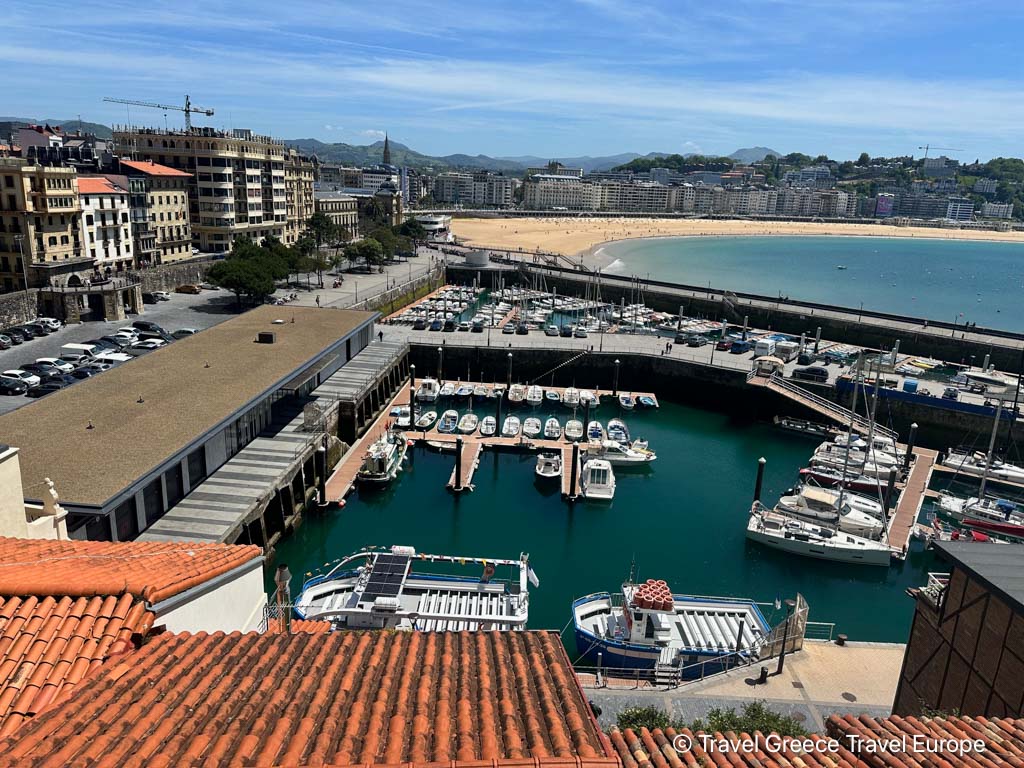
After immersing yourself in the wonders of the ocean, take a leisurely stroll around the bustling port area. San Sebastian’s harbor is not just a scenic spot but also a hive of activity. Watch fishermen bring in their daily catch, unloading fresh fish and seafood that will soon make its way to the city’s famous markets and restaurants. The sight of the vibrant fishing boats and the aroma of the sea create an authentic and lively atmosphere.
Walk Up to Monte Urgull
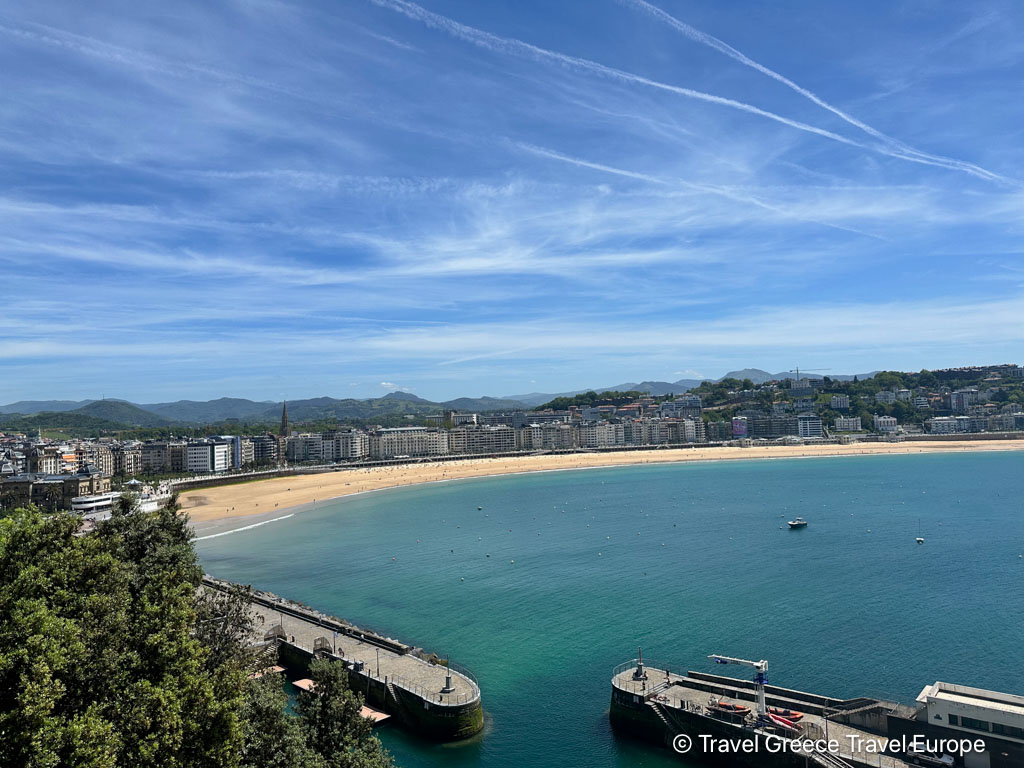
Monte Urgull, a lush green hill rising above San Sebastian’s Old Town. This historic hill has played a crucial role in the city’s defense since the 12th century, and its summit is crowned by the imposing Castillo de la Mota, a fortress that offers panoramic views of the city and the Bay of Biscay.
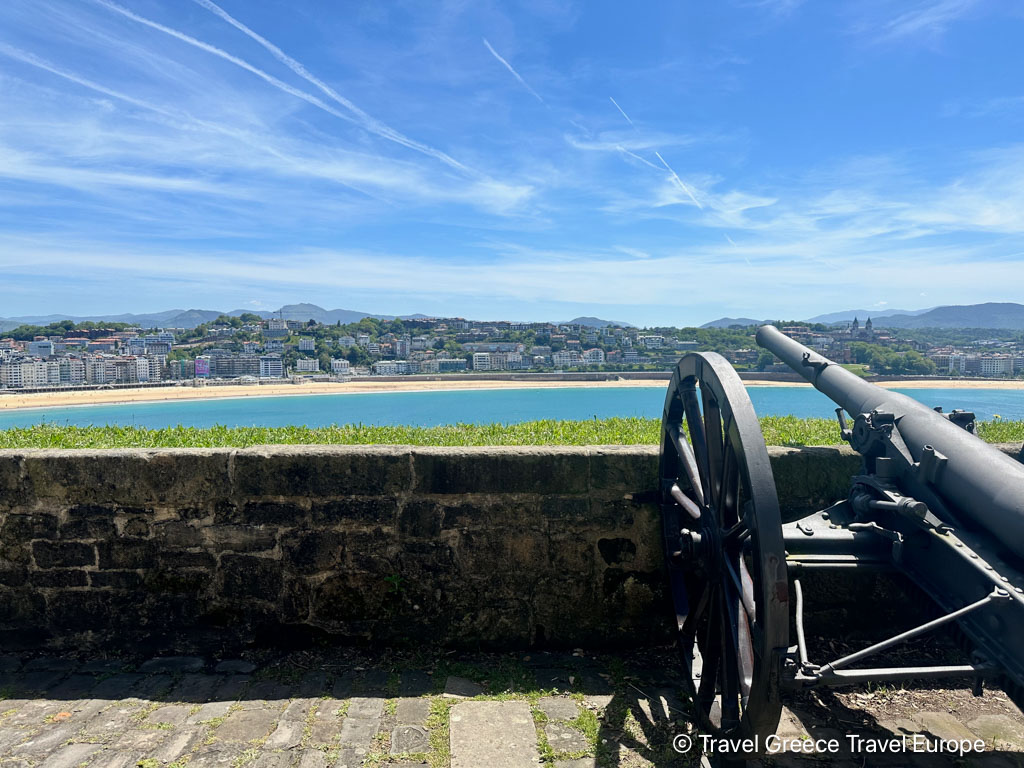
As you hike up the winding paths of Monte Urgull, you’ll encounter a variety of historical sites, including old cannons, military barracks, and the iconic statue of the Sacred Heart of Jesus, which stands tall at the peak. The trails are lined with trees and provide shaded respite, making it a pleasant and invigorating climb. On your way back take the stairs that lead back down to where you started.
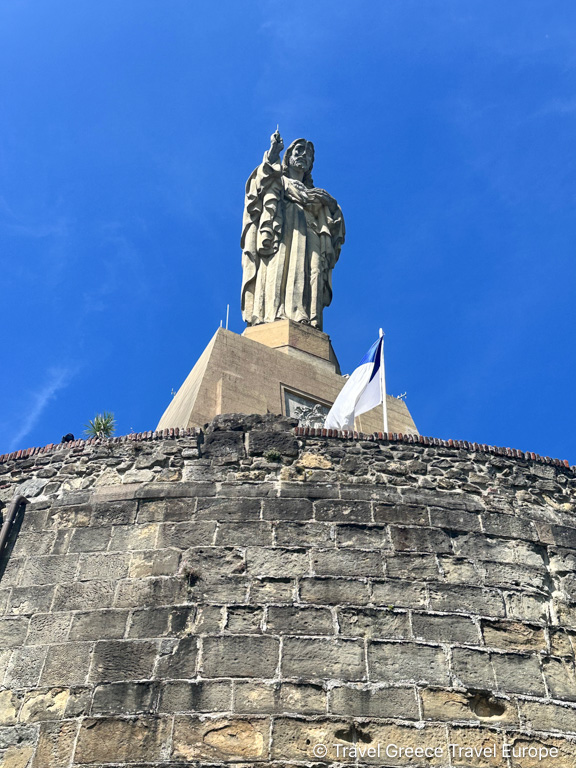
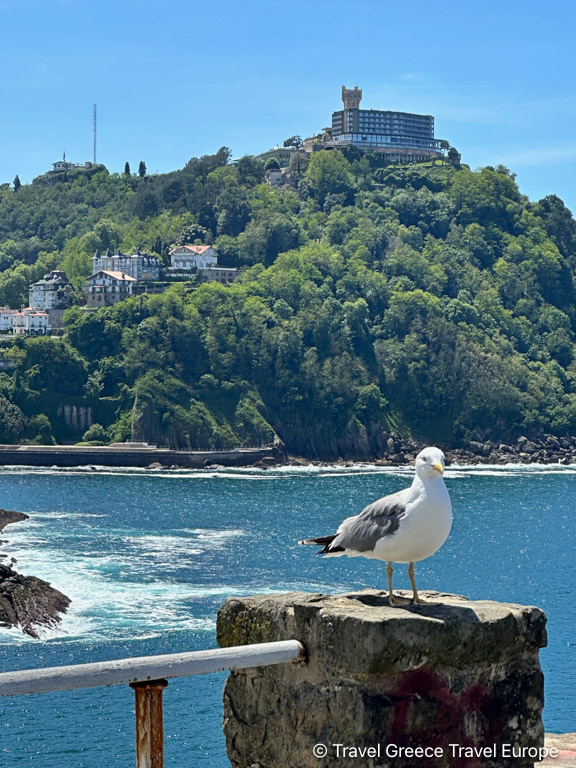
Along the way, you can pause at various viewpoints to take in the sweeping vistas of the coastline, the bustling city below, and the surrounding mountains. Monte Urgull offers a serene escape for nature lovers and anyone seeking a peaceful retreat with spectacular scenery in San Sebastian.
Lunch: Michelin-Starred Dining
San Sebastian boasts several Michelin-starred restaurants. Treat yourself to an unforgettable dining experience at one of these culinary temples.
- Arzak: A pioneer of modern Basque cuisine, with three Michelin stars.
- Akelarre: Perched on a hillside, offering stunning views along with its three Michelin-starred dishes.
Afternoon: Explore the Cultural District
Dedicate your afternoon to exploring the vibrant cultural side of San Sebastian, where modern architecture and creative spaces blend seamlessly with the city’s rich heritage. Begin your cultural journey at the Kursaal Congress Centre and Auditorium, an iconic landmark designed by renowned architect Rafael Moneo. I spent a total of five days in San Sebastian as I came here to attend TBEX – a conference which unites travel bloggers, creators and DMOs. Our two day conference was held at the Kursaal Congress Centre.
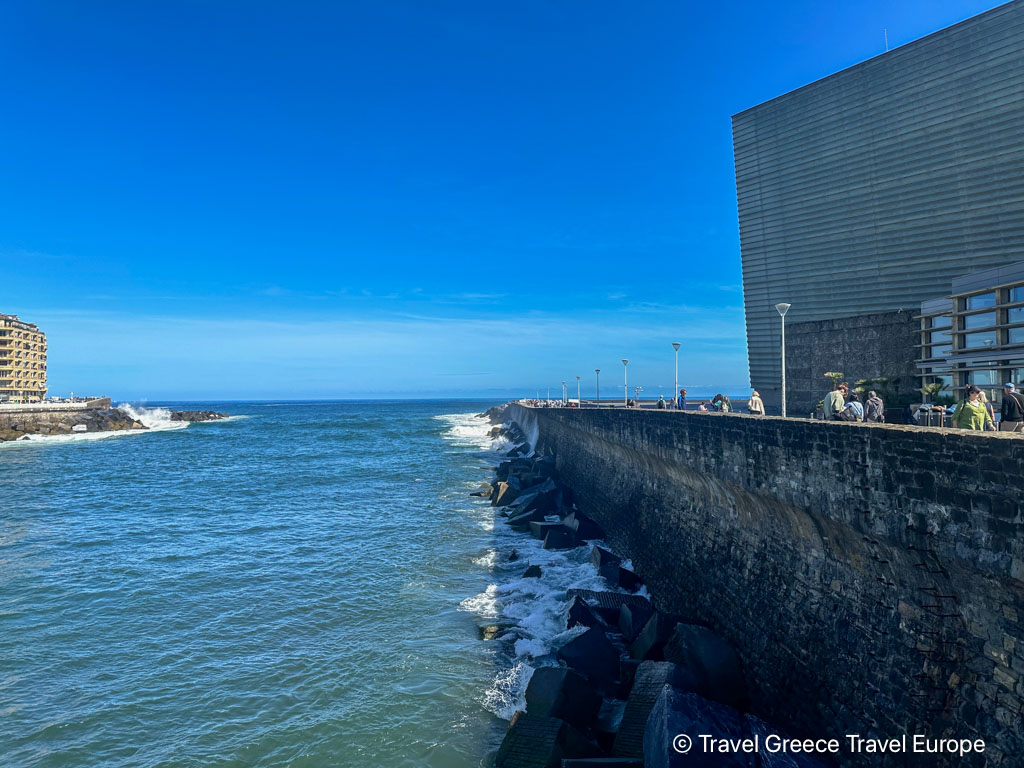
This striking building, composed of two large glass cubes, resembles rocks emerging from the sea and offers a unique architectural aesthetic. The Kursaal is a hub for cultural activities, hosting a wide range of events such as concerts, theatre performances, and the prestigious San Sebastian International Film Festival. Its diverse programming ensures there’s always something intriguing to experience, whether you’re a fan of music, cinema, or live performances.
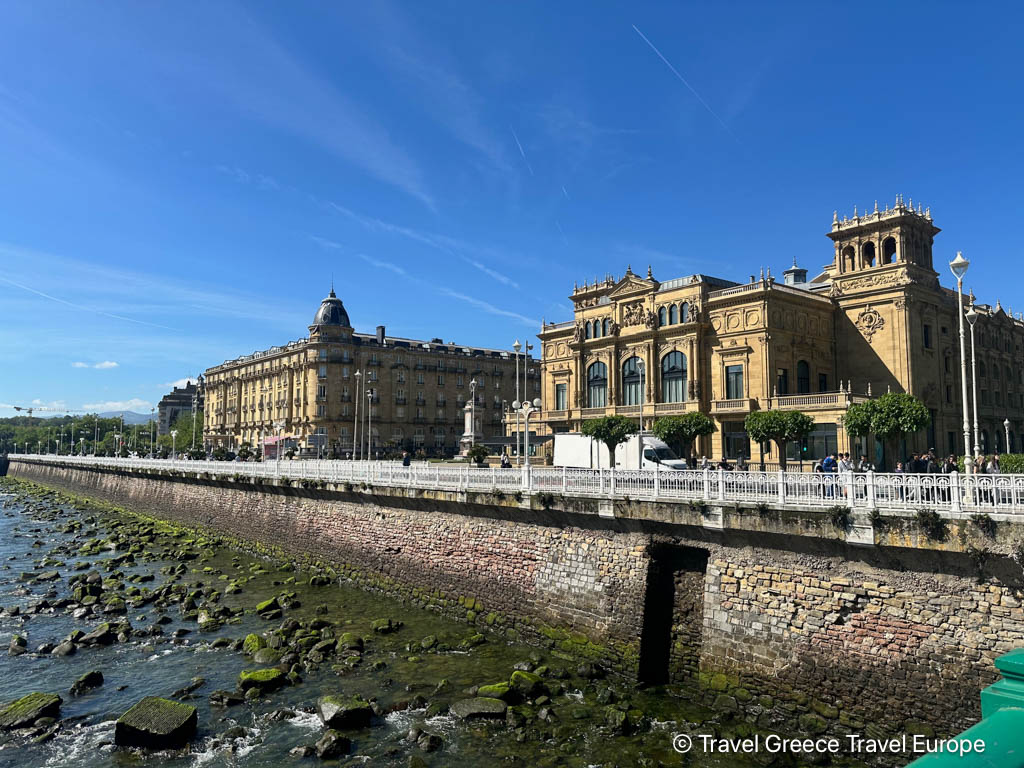
Next, make your way to Tabakalera, a former tobacco factory that has been transformed into a dynamic contemporary cultural center. This expansive space is dedicated to promoting creativity and innovation, providing a platform for both local and international artists. Inside, you’ll find an array of art exhibitions showcasing cutting-edge contemporary works, multimedia installations, and thought-provoking pieces that reflect current social and cultural themes. Tabakalera also offers a variety of workshops and educational programs, allowing visitors to engage directly with the creative process and learn new skills.
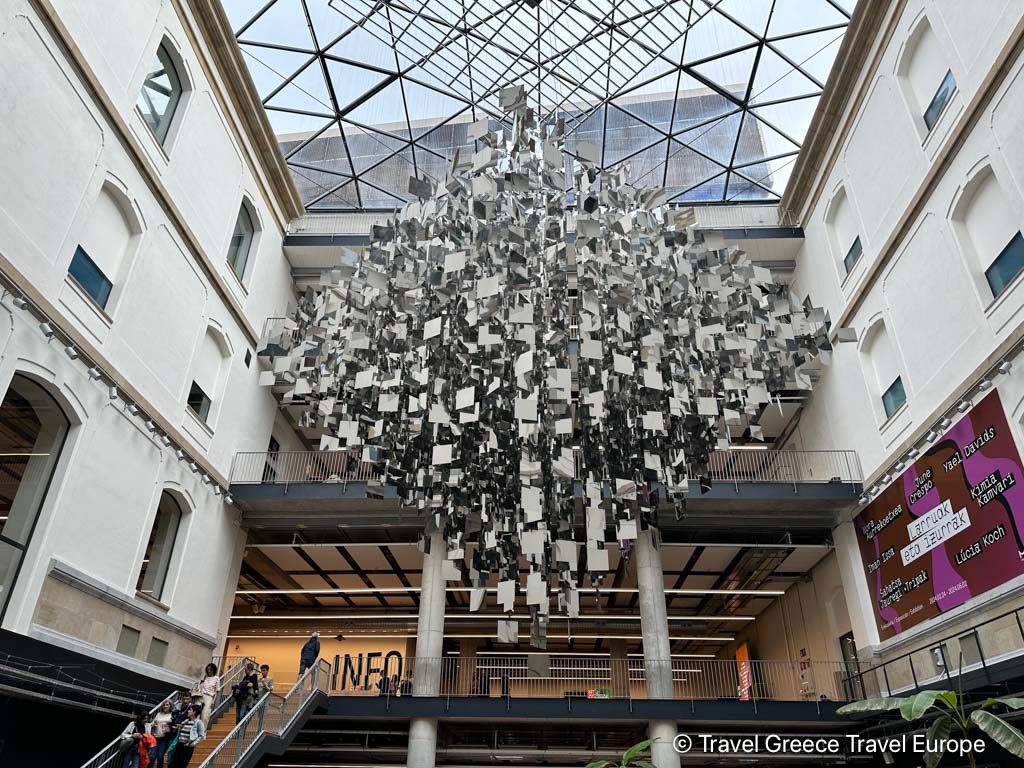
One of the highlights of Tabakalera is its rooftop terrace, which offers fantastic views over the city and the surrounding landscape. This open-air space is perfect for relaxing and taking in the panoramic scenery after exploring the indoor exhibits. Whether you’re interested in visual arts, film, music, or literature, Tabakalera provides a rich and diverse cultural experience that highlights the innovative spirit of San Sebastian.
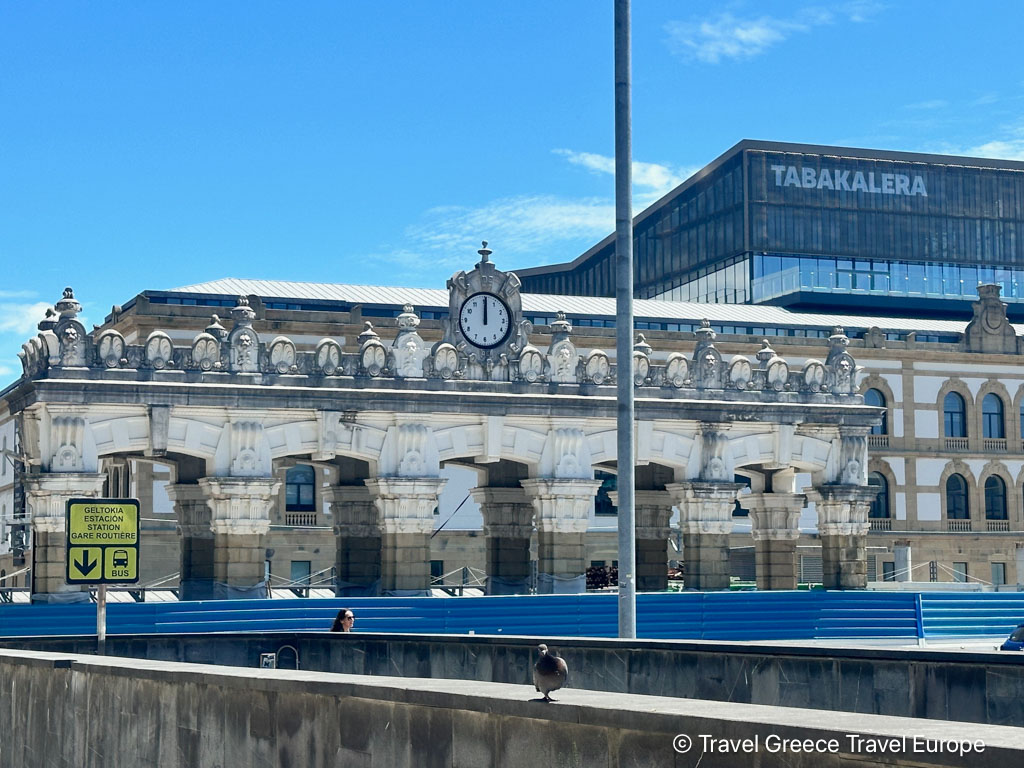

Not far from the Tabakalera you will find The Cathedral of the Good Shepherd, or Catedral del Buen Pastor, which is San Sebastian’s largest religious building and a prime example of Neo-Gothic architecture.
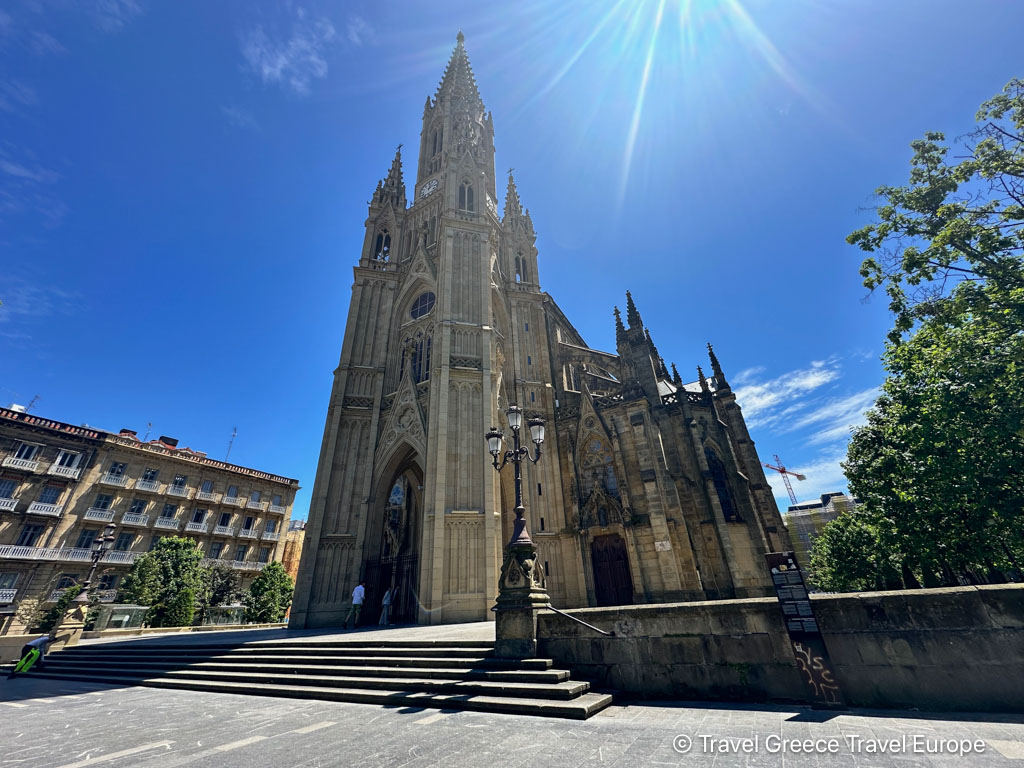
Completed in 1897, this majestic cathedral features a soaring spire, intricate stained glass windows, and an impressive organ, making it a central landmark in the city. Its elegant design and serene atmosphere offer visitors a tranquil space for reflection amidst the bustling city.
Evening: Enjoy the Basque Coastline
Spend your evening exploring the breathtaking Basque coastline. Visit the Zurriola Beach, a favorite among surfers and those seeking a more laid-back atmosphere than the bustling La Concha Beach.
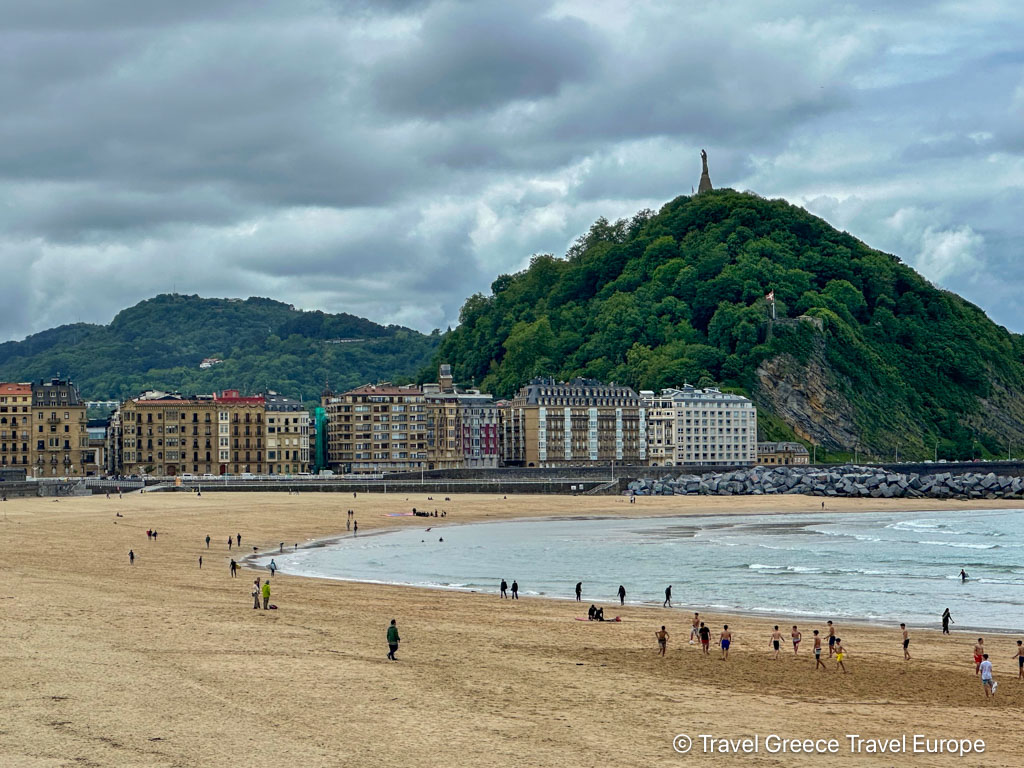
Known for its consistent waves, Zurriola attracts surfers from all over the world. Even if you’re not keen to catch a wave yourself, watching the surfers expertly navigate the swells is an exciting spectacle.

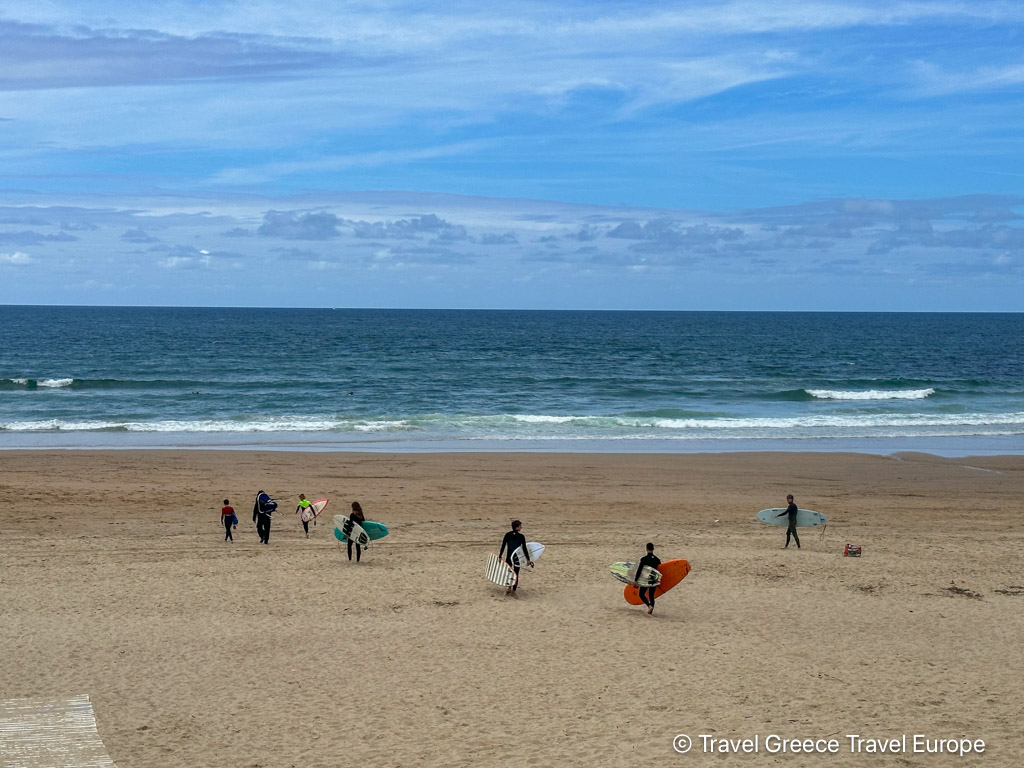
The beach is also a great spot for a relaxed stroll along the shore, with the golden sand and the sound of the waves providing a tranquil backdrop. Nearby, you’ll find the Gros neighborhood which is home to some fantastic pintxos bars, like Bodega Donostiarra, Ramuntxo Berri and Bar Desy. It’s a perfect place to grab a drink and soaking in the vibrant, youthful energy of the area.
3 Day in San Sebastian: Day 3- Culinary Traditions and Day Trips
On your third and final day of the 3 days in San Sebastian itinerary you could either spend a leisurely morning in San Sebastian and then head to a traditional cider house or take a day trip to the French Basque Country.
Option 1: Visit a Traditional Basque Cider House (Sidrería)
Experience the authentic Basque culture by visiting a traditional cider house, known as a sidrería. These establishments are famous for their hearty food and locally produced cider.
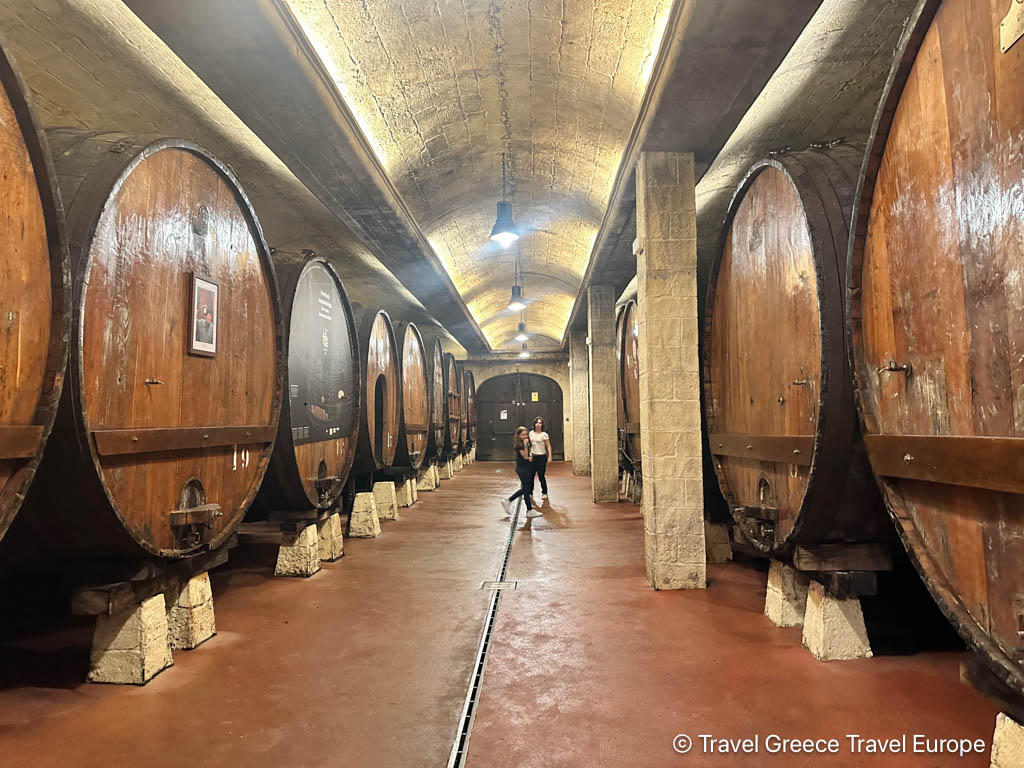
Sidrería Petritegi:
Located just outside San Sebastian in the charming village of Astigarraga, Petritegi offers a quintessential cider house experience. Founded in 1526, Petritegi has a long history of cider production. The cider house has been passed down through generations, maintaining traditional methods while incorporating modern techniques to ensure the highest quality of cider.
One of the highlights of visiting Petritegi is participating in the txotx ritual. Once we arrived at Petritegi we were invited to gather around the barrels, where the cider maker opened the tap, and cider streamed out in a thin jet. We had to catch the cider in our glasses at the perfect angle to aerate it, thus enhancing its flavor. This ritual is repeated multiple times throughout the meal, allowing you to taste different varieties of cider straight from the barrel.
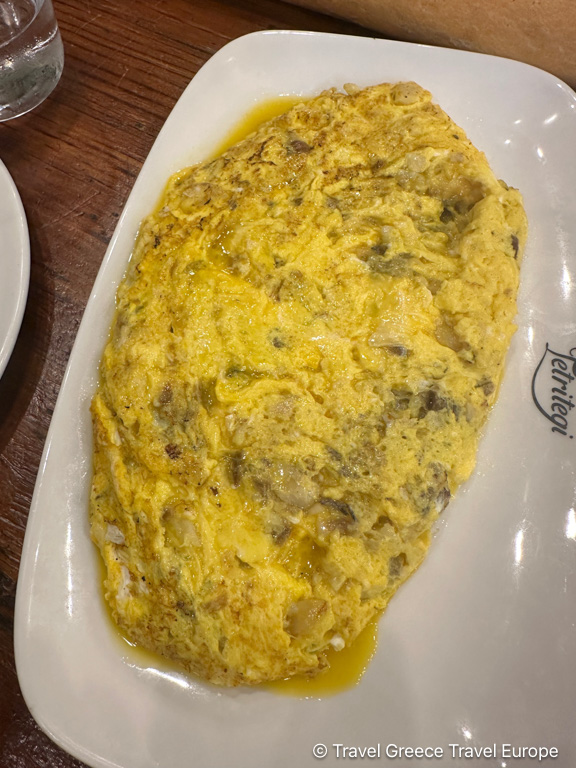
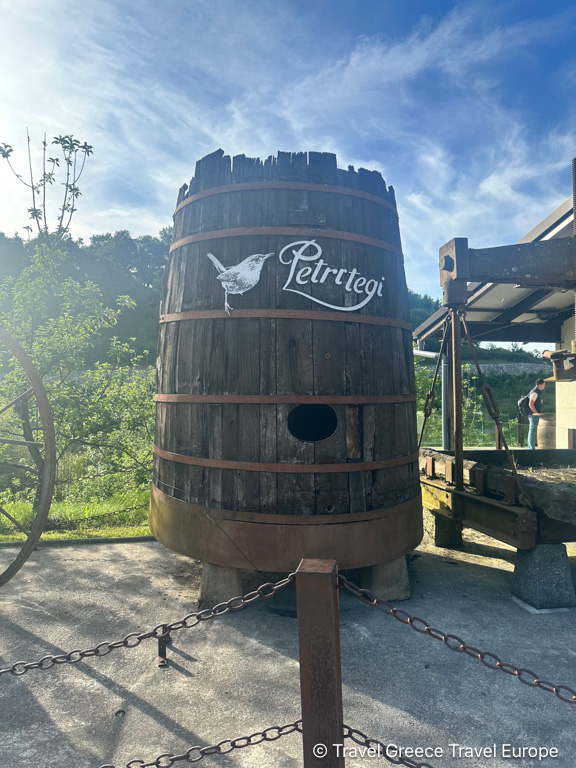
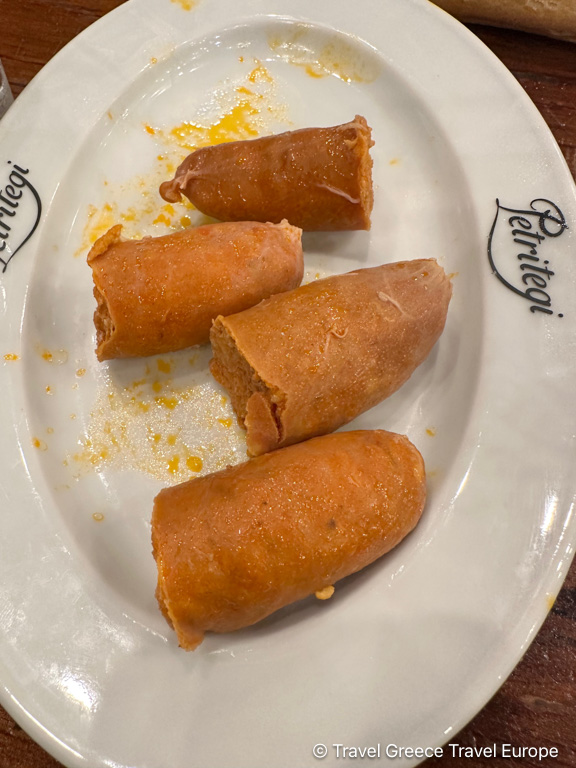

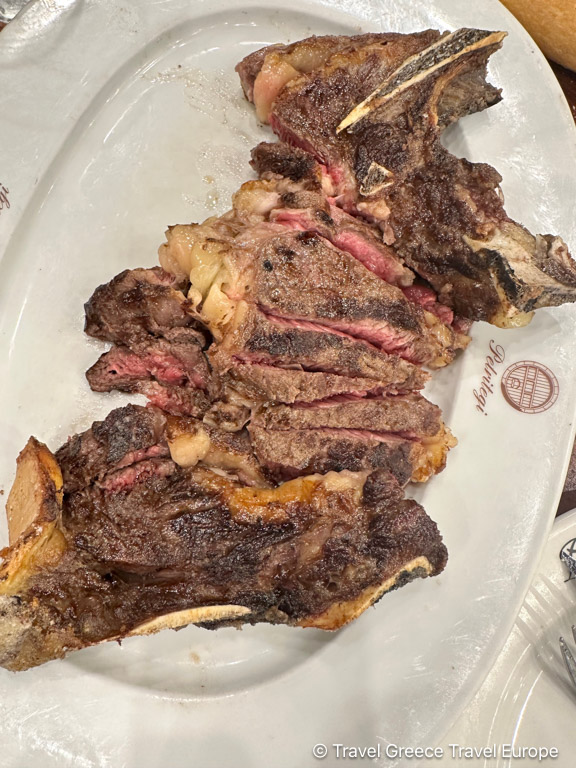
We also enjoyed a menu featuring traditional dishes like cod omelet, salt cod with peppers (Bacalao con Pimientos) chorizo in cider, and the famous T-bone steak, all paired with unlimited cider poured directly from large barrels.
Booking and Accessibility
It is recommended to make a reservation, especially during the peak cider season from January to April, known as the txotx season. Sidrería Petritegi is accessible by car, and there are also organized tours from San Sebastian that include transportation, making it convenient for visitors to enjoy this quintessential Basque experience.
Option 2: Day Trip to the French Basque Country
Alternatively, take a scenic day trip to the French Basque region, just a short drive (approximately one hour) or bus ride from San Sebastian. Explore charming towns, beautiful landscapes, and rich cultural heritage. Alternatively I would recommend joining an organized private tour, book this From San Sebastian: Biarritz & French Basque Coast Day Trip
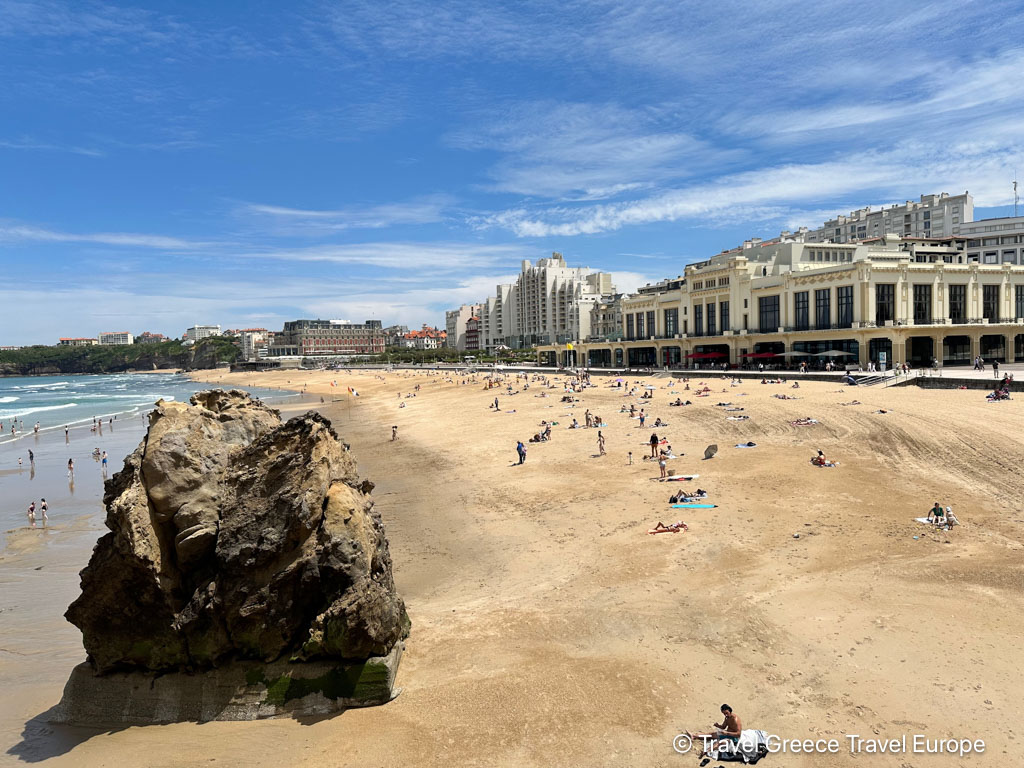
Biarritz: Known for its glamorous beaches, surf culture, and vibrant markets. Visit the Rocher de la Vierge, a rock formation with a statue of the Virgin Mary, offering stunning coastal views. Check out our post on how to spend 2 Days in Biarritz.
Saint-Jean-de-Luz: A picturesque fishing town with a beautiful harbor, historic churches, and quaint streets lined with Basque-style houses. The town is perfect for a leisurely stroll and enjoying fresh seafood.
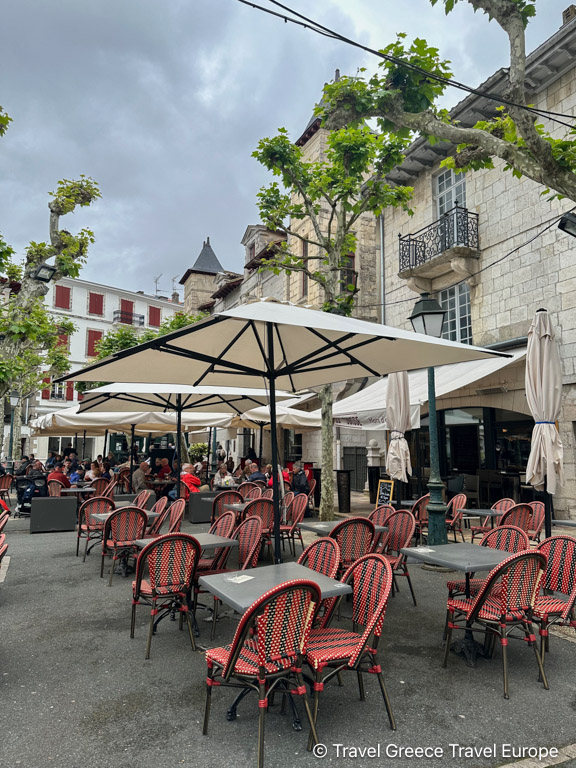
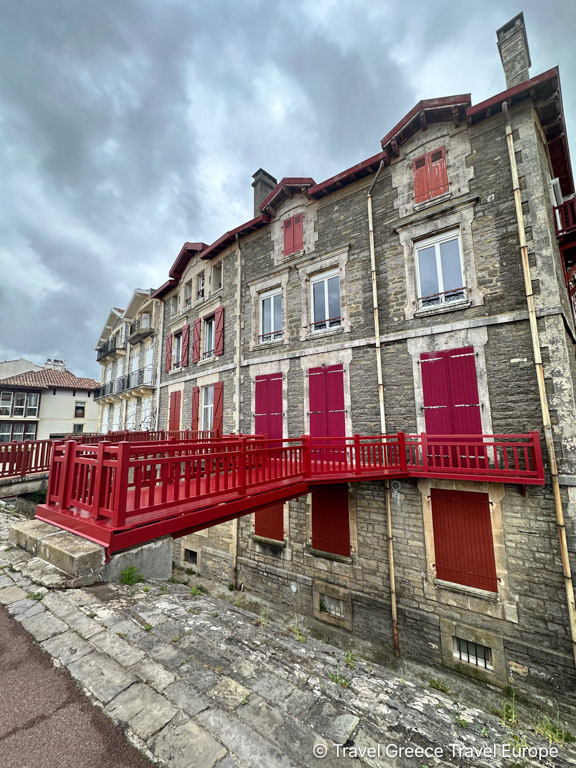
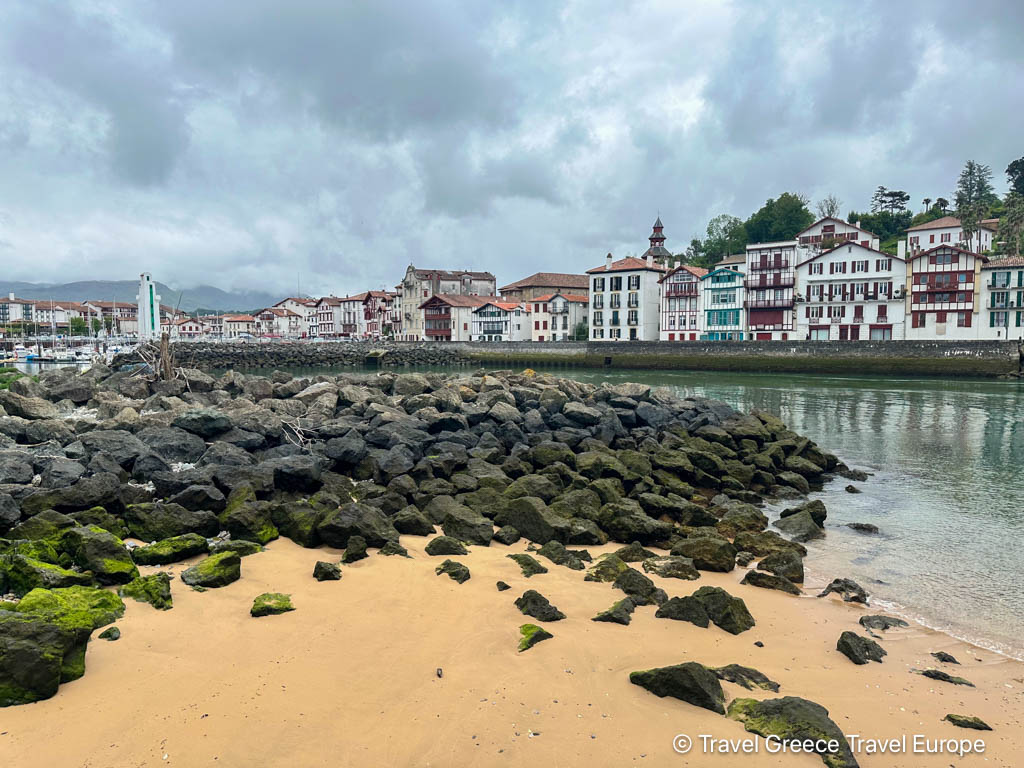
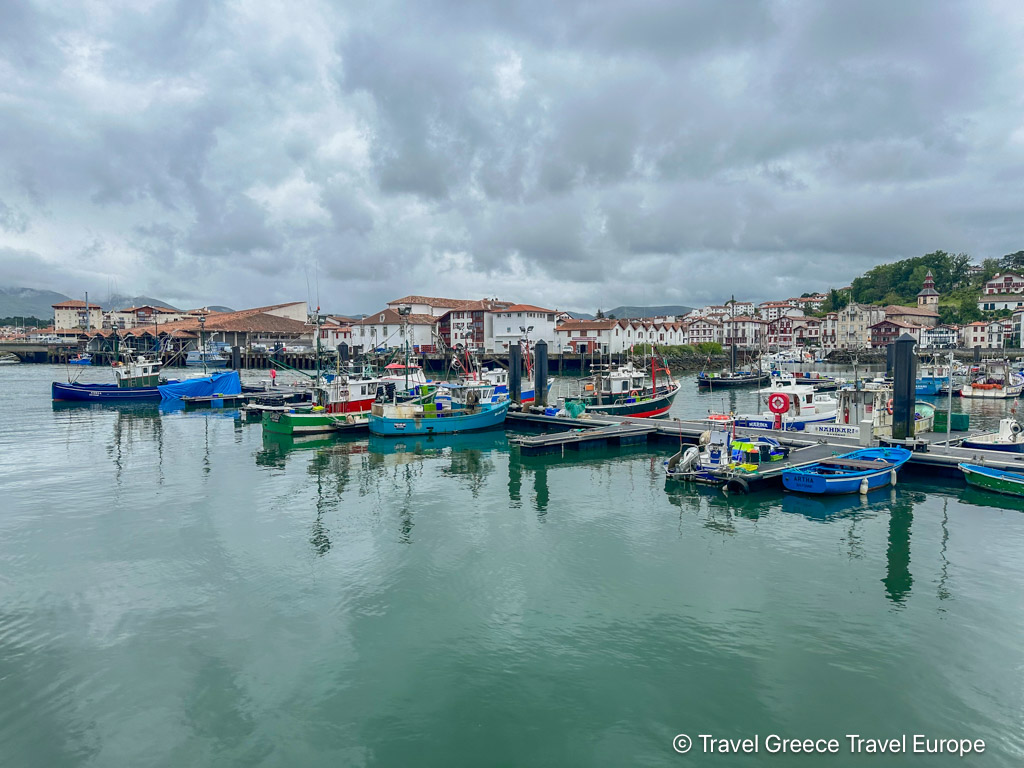
Bayonne: is renowned for its charming old town, vibrant festivals, and delectable chocolate and ham, making it a delightful day trip destination from San Sebastian. Check out our post on 14 Reasons to Visit Bayonne in France.
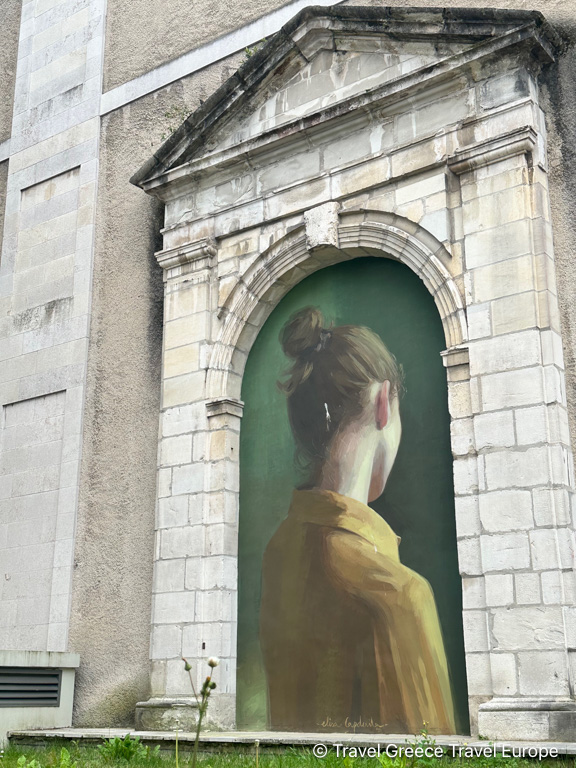
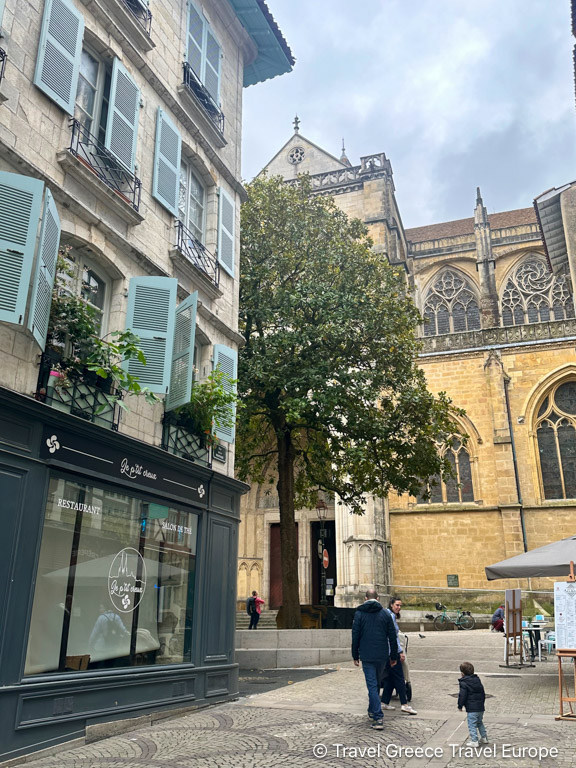
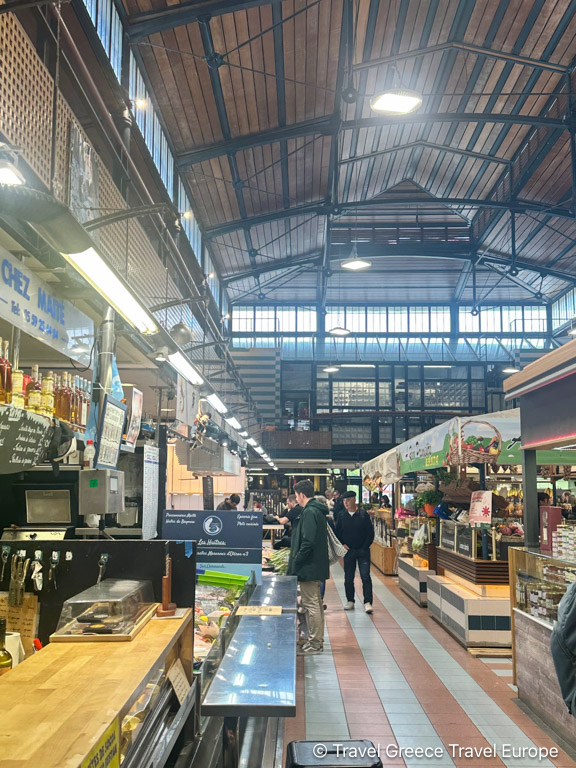
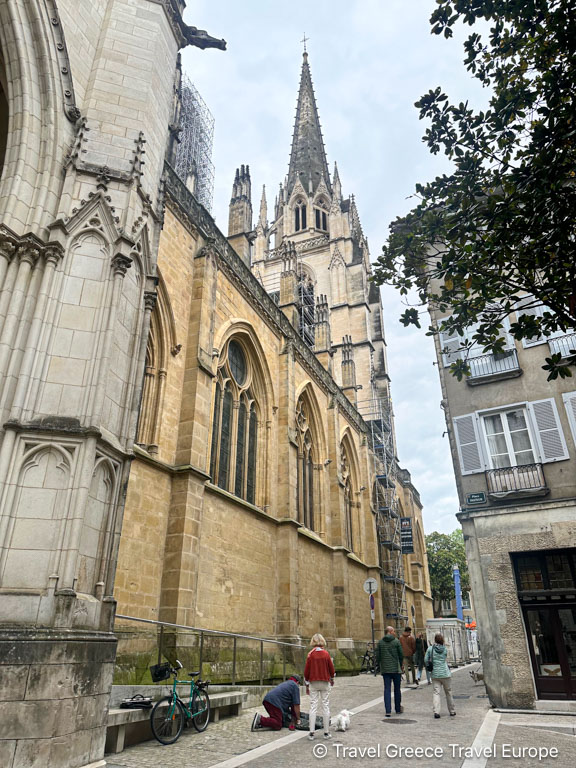
Watch a Game of Jai Alai
Jai Alai, known as “the fastest sport in the world” due to the speed of the pelota (ball) that can exceed 200 mph, is a traditional Basque sport deeply rooted in the culture of San Sebastian. Played on a court called a frontón, players use a curved, handheld wicker basket called a cesta to hurl and catch the pelota against a wall.
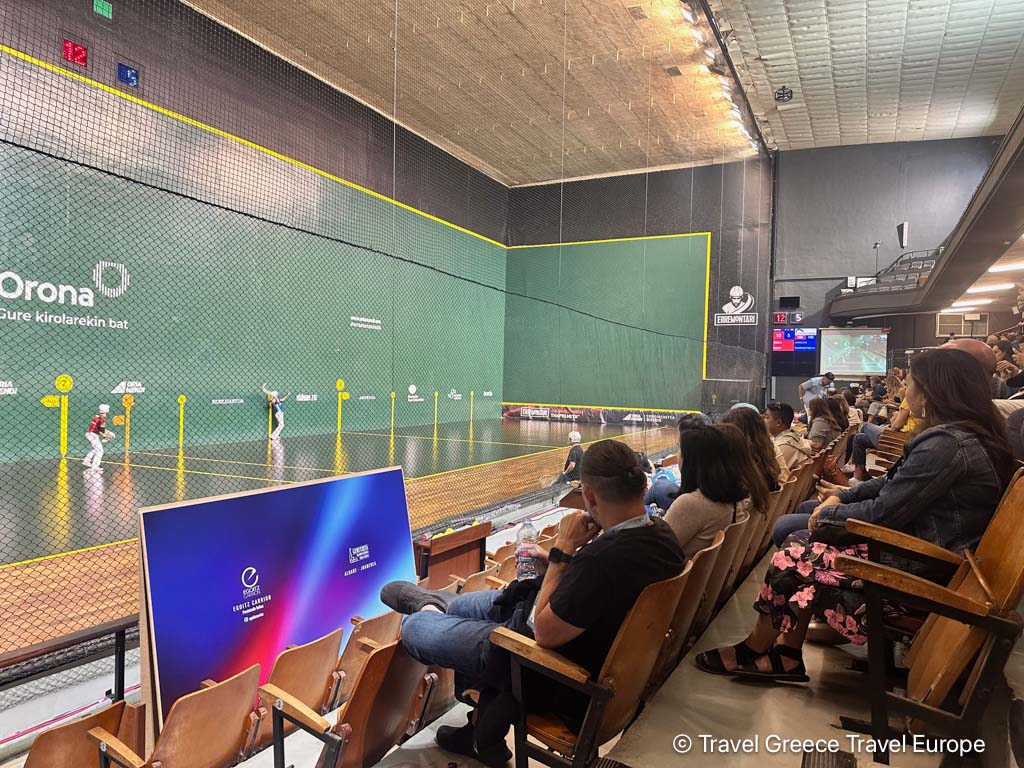
To experience Jai Alai in San Sebastian, visitors can head to the iconic Frontón Atano III, where professional matches and exhibitions are held or to the Oriamendi Galarreta Jai Alai. The thrilling, fast-paced nature of the game makes it a captivating spectacle for newcomers and enthusiasts alike. Tickets can usually be purchased online or at the venue, and it’s advisable to check the schedule in advance, as matches are often seasonal or linked to local festivals. Watching a Jai Alai match provides a unique insight into Basque sportsmanship and culture, offering an exciting and memorable addition to any visit to San Sebastian.
Conclusion
Spending 3 days in San Sebastian allows you to immerse yourself in the city’s rich culture, stunning natural beauty, and world-renowned culinary scene. From the historic charm of the Old Town to the modern vibrancy of neighborhoods like Gros, there is something for everyone in this Basque gem. Whether you’re exploring cultural landmarks, relaxing on beautiful beaches, or indulging in Michelin-starred cuisine, San Sebastian offers a truly unforgettable experience. So pack your bags and get ready for an adventure you’ll cherish forever.

